Project Name
Songyun VillaPosted in
Restaurants, Design, Interior DesignLocation
Area (sqm)
1000 interiorCompleted
October 2022| Detailed Information | |||||
|---|---|---|---|---|---|
| Project Name | Songyun Villa | Posted in | Restaurants, Design, Interior Design | Location |
No. 53 Yanling West Road Tianning District
Changzhou |
| Area (sqm) | 1000 interior | Completed | October 2022 | ||
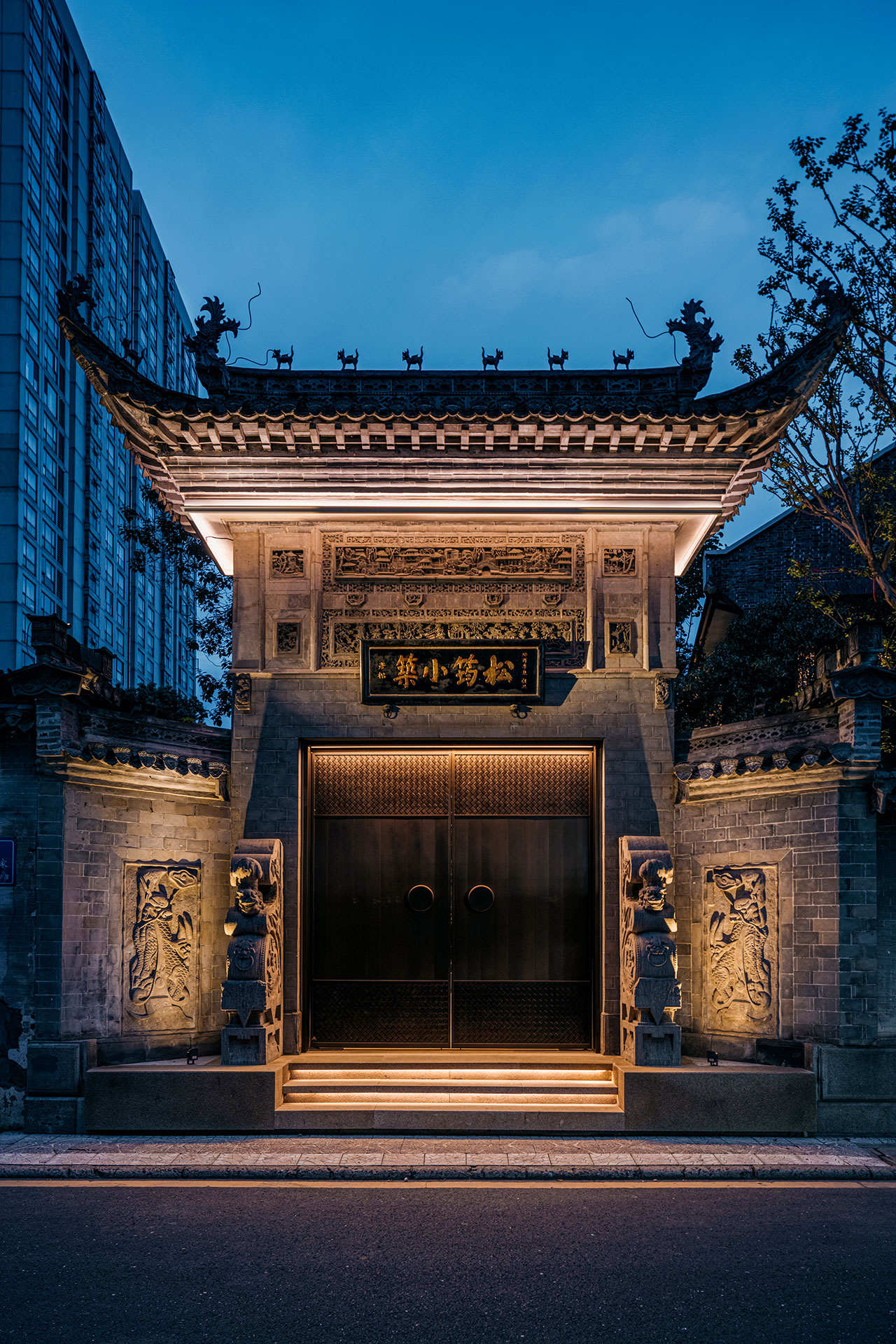
Photography by Wen Studio.
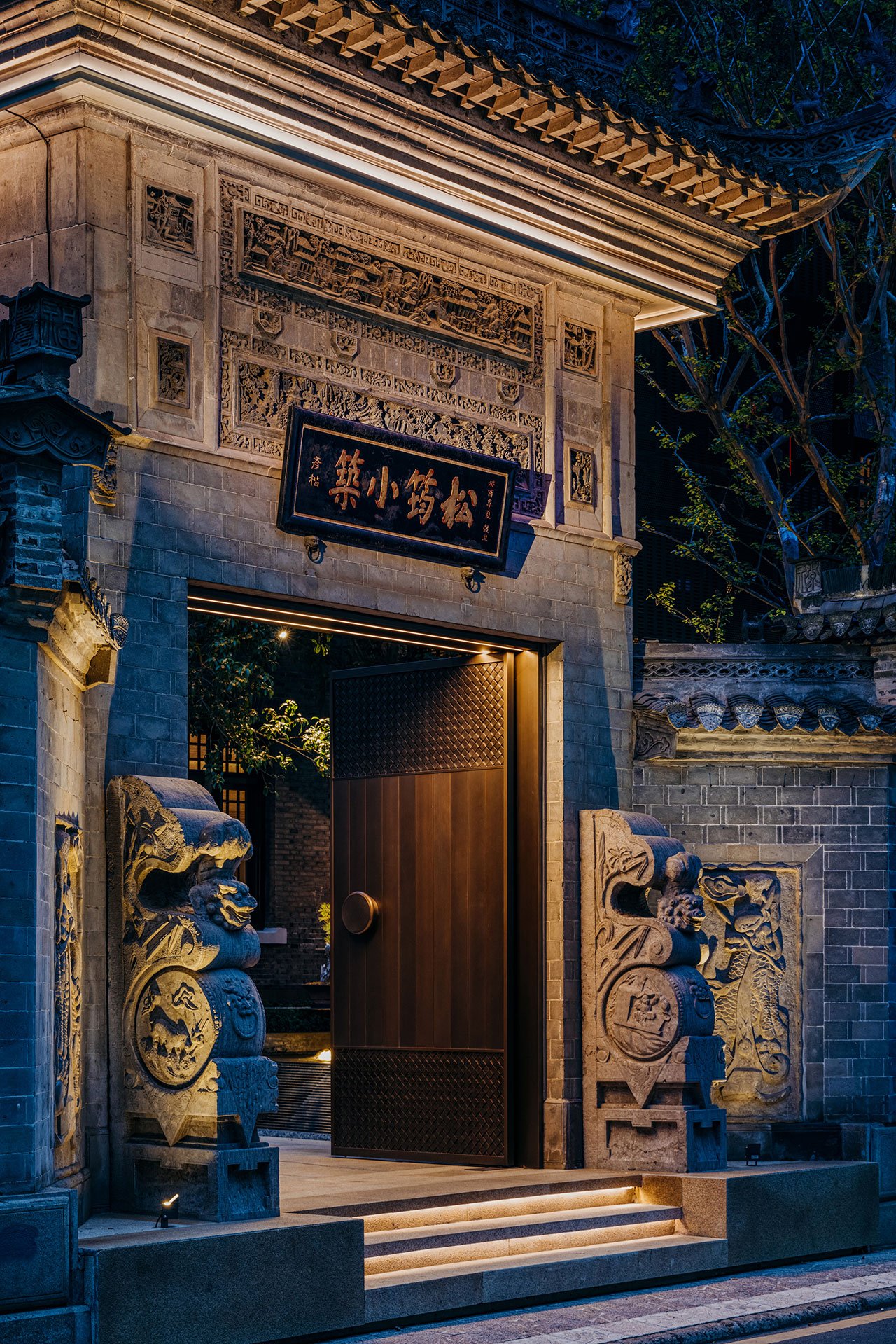
Photography by Wen Studio.
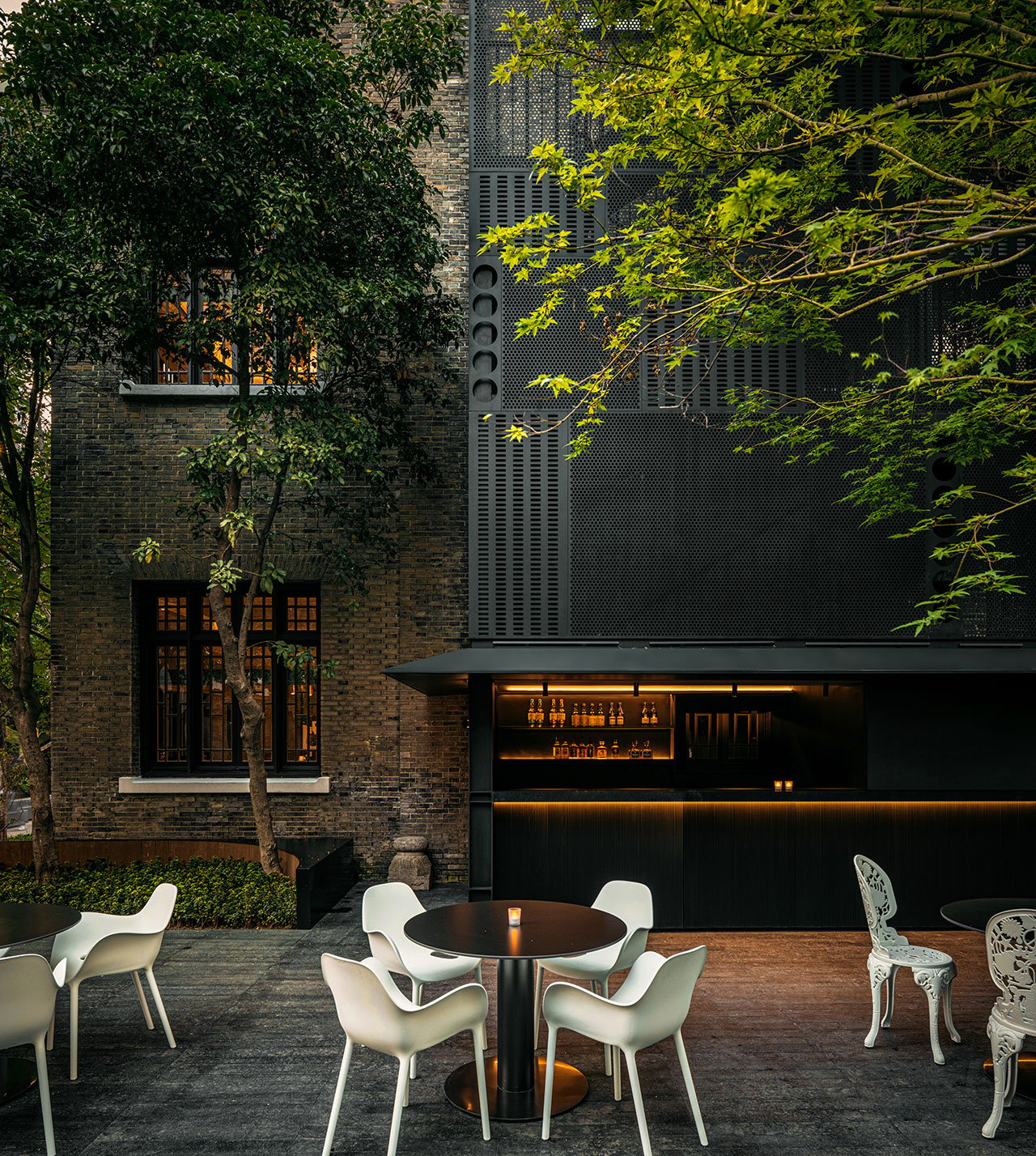
Photography by Wen Studio.
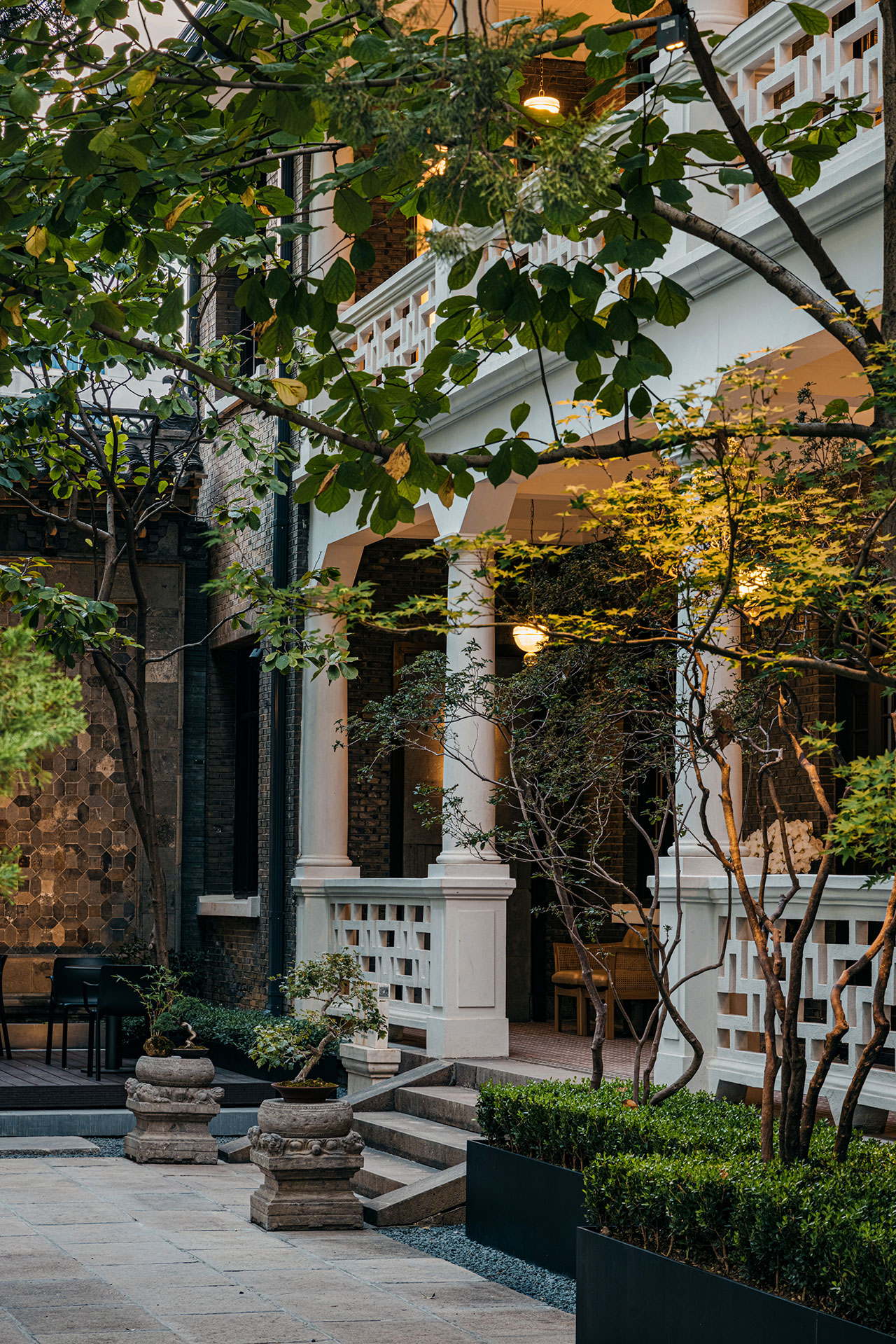
Photography by Wen Studio.

Photography by Wen Studio.
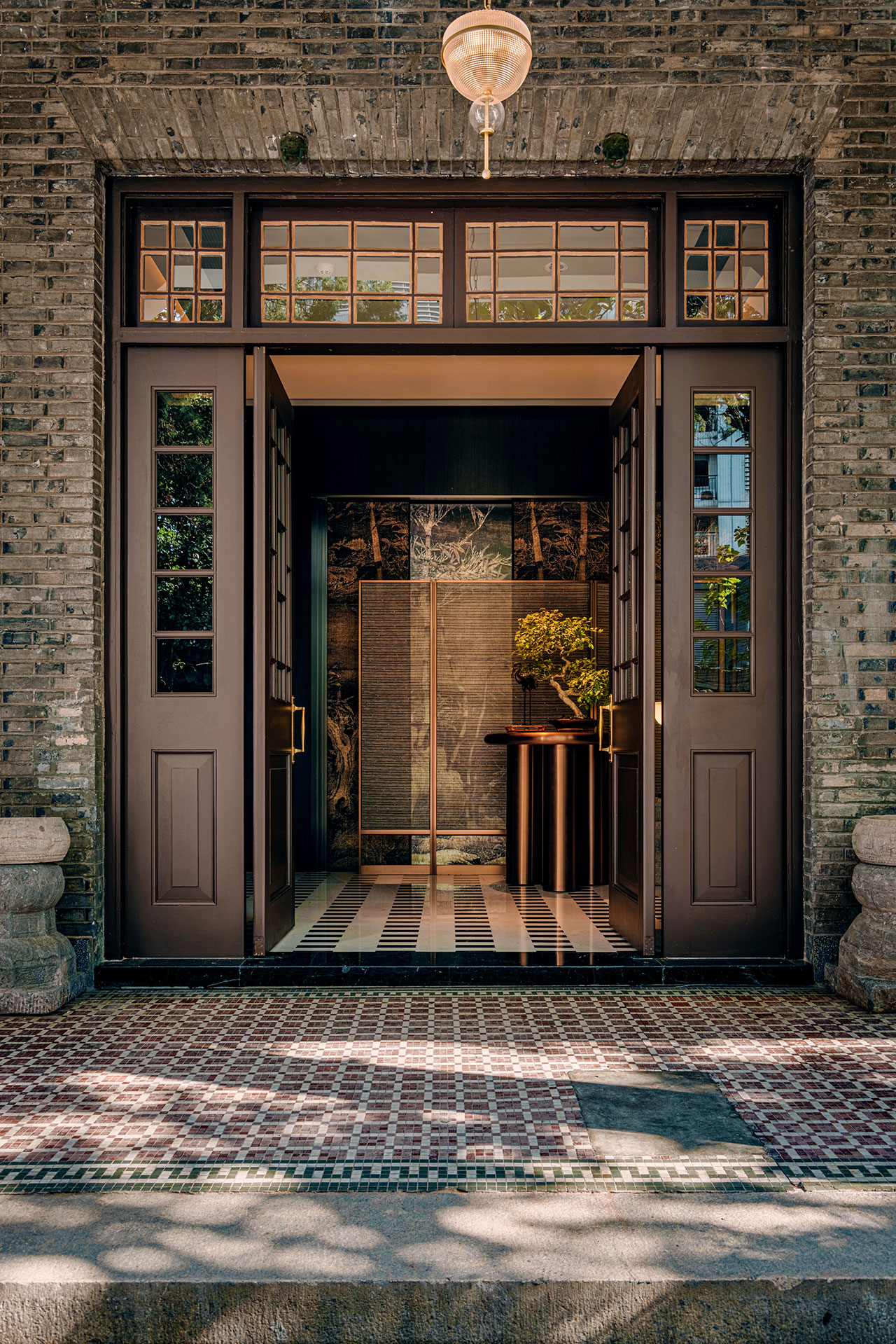
Photography by Wen Studio.
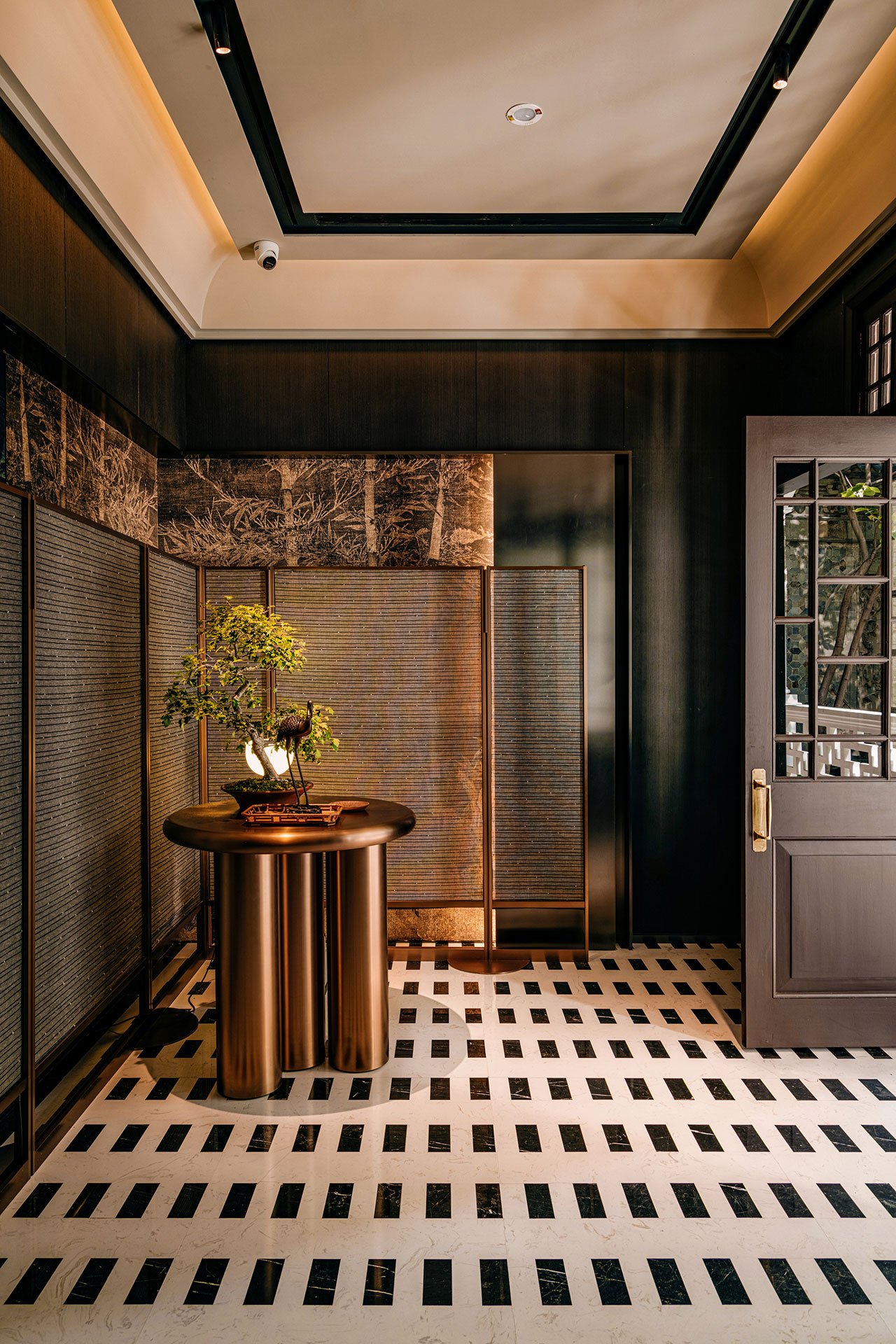
Photography by Wen Studio.
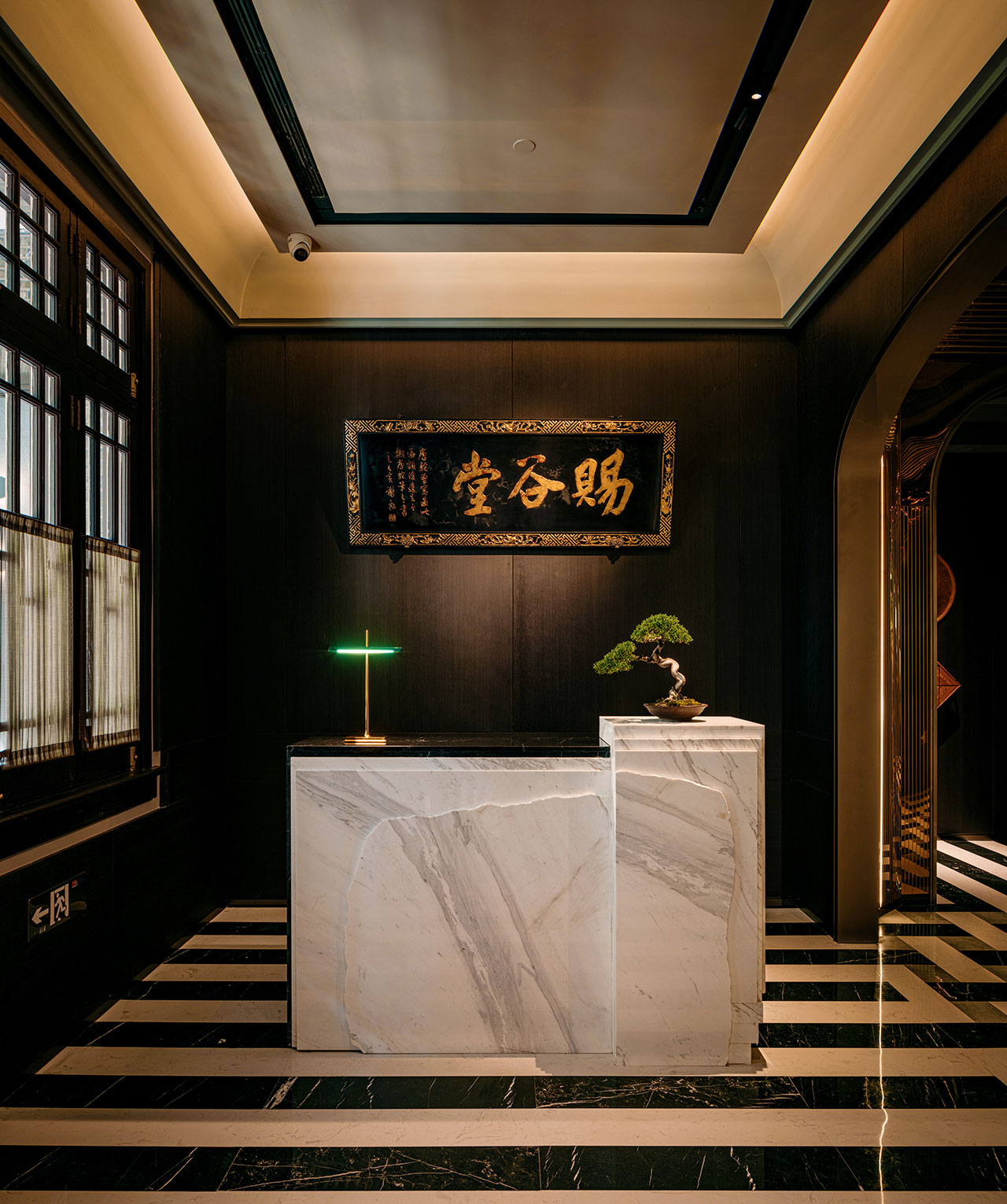
Photography by Wen Studio.
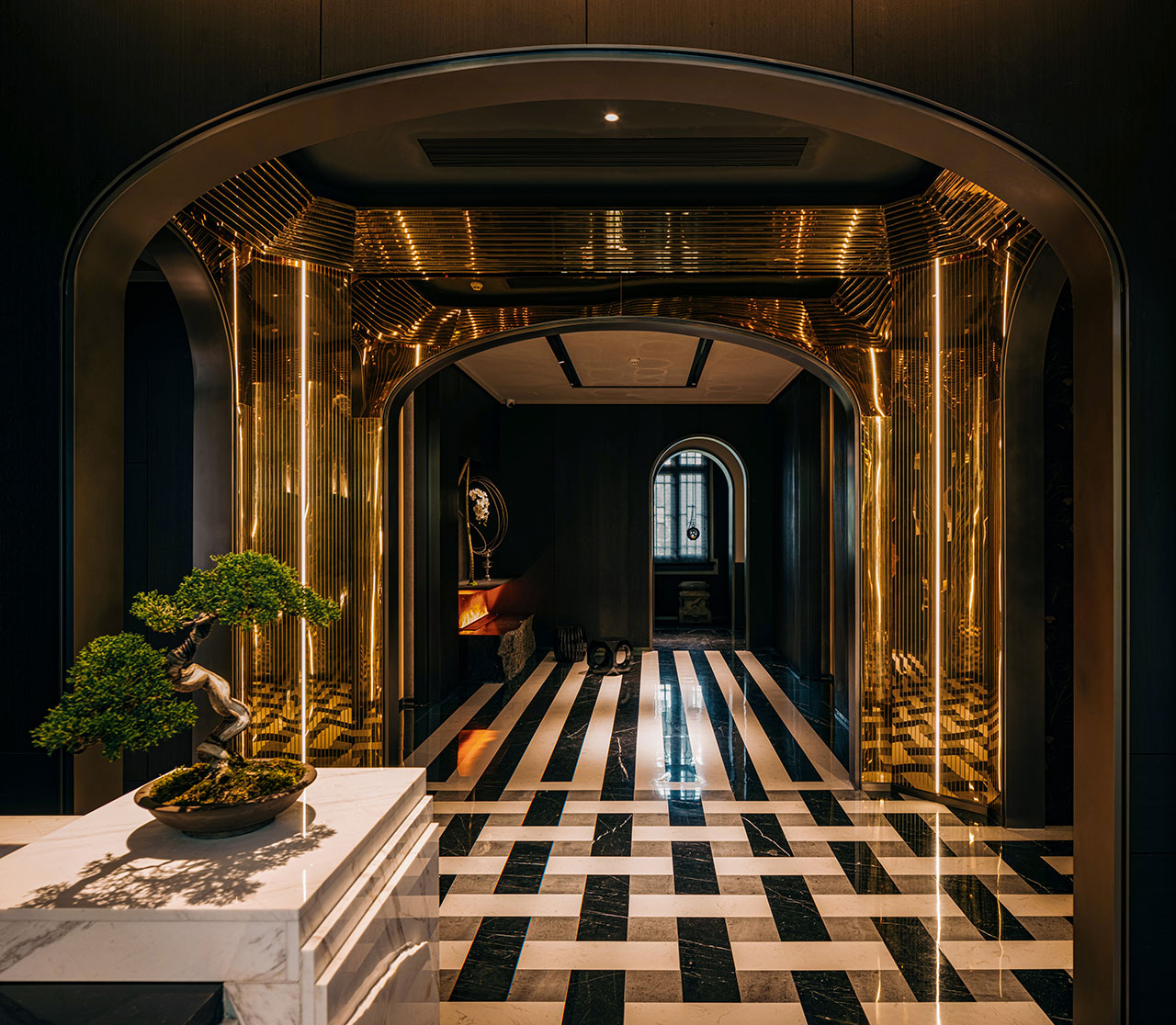
Photography by Wen Studio.

Photography by Wen Studio.
A colonnaded porch leads guests inside where a series of intimate vestibules and hallways set the stage for the restaurant’s unique configuration: whereas most architects would have done away with the Villa’s compartmentalized layout in favour of open-plan spaces, the team retained it, creating fifteen dining rooms in various sizes spread across three levels, plus a larger dining hall in the former ballroom. Hosting everything from intimate gatherings and private dining, to tea ceremonies and wine tastings, the array of dining rooms also allowed the designers to unleash their creativity with every space sporting its own unique décor. That’s not to say that the interiors are a hodgepodge of styles; on the contrary, all spaces embrace an aesthetic steeped in Chinese heritage albeit rendered through a modern lens mixed with Art Deco-inspired accents.
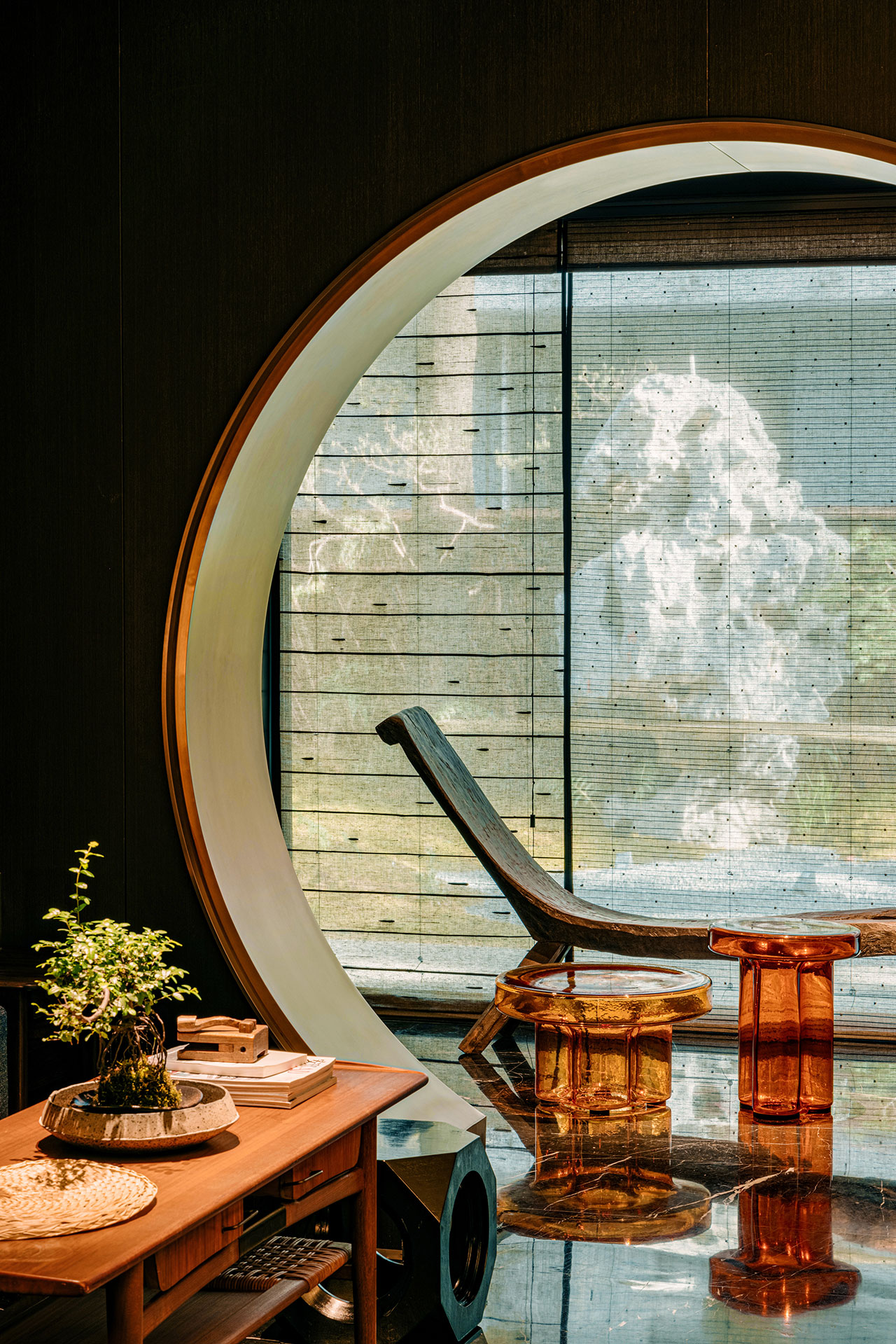
Photography by Wen Studio.
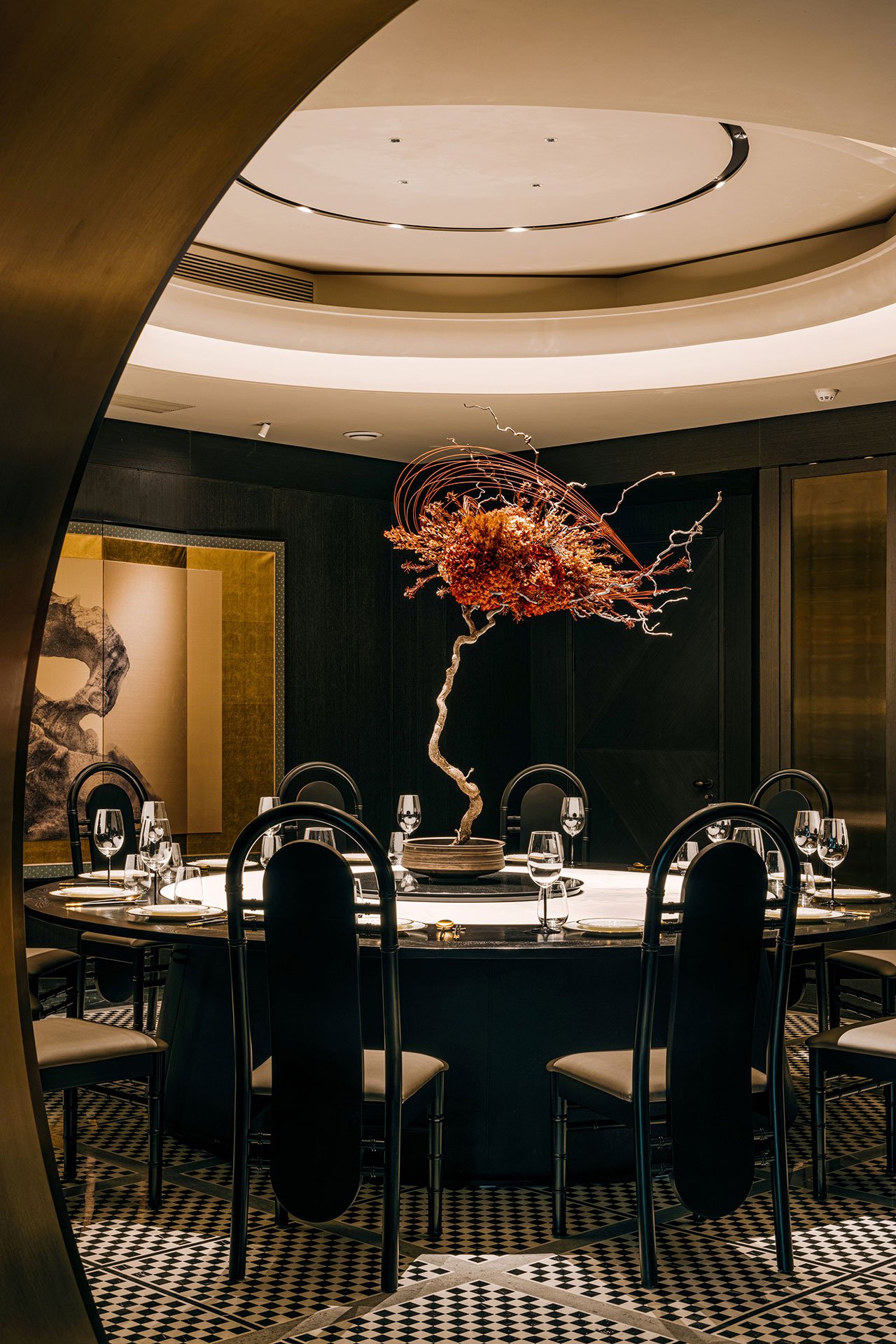
Photography by Wen Studio.
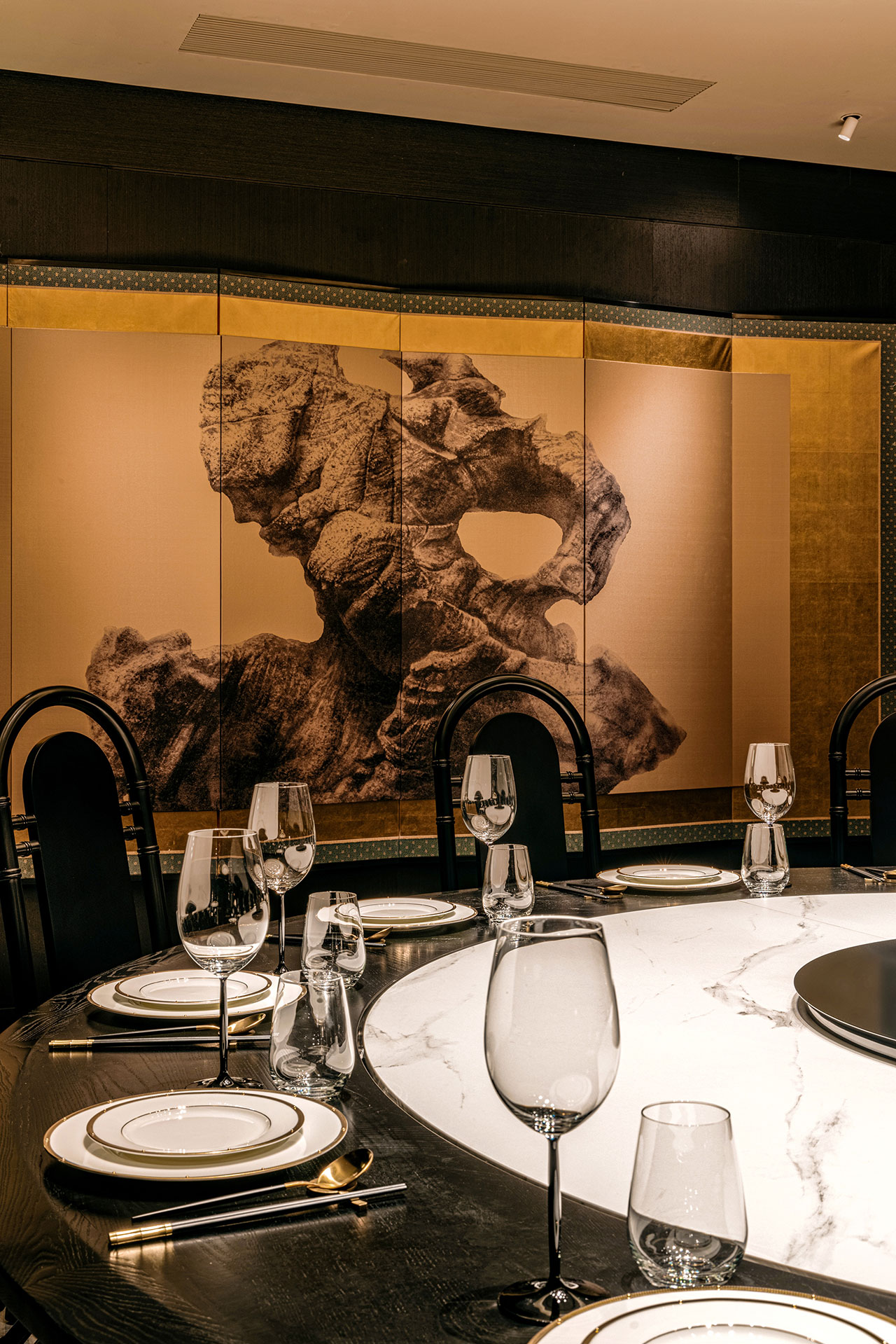
Photography by Wen Studio.
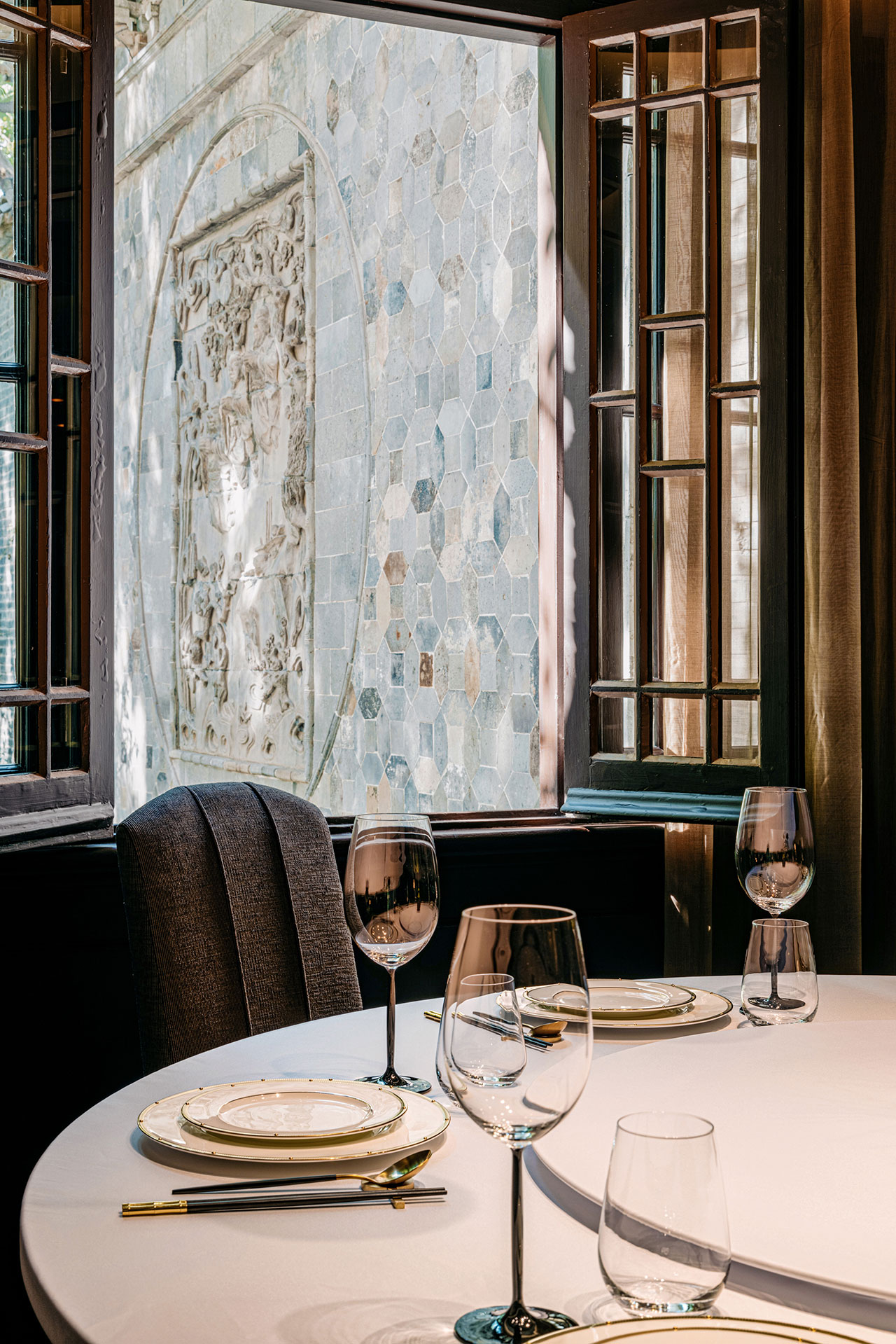
Photography by Wen Studio.
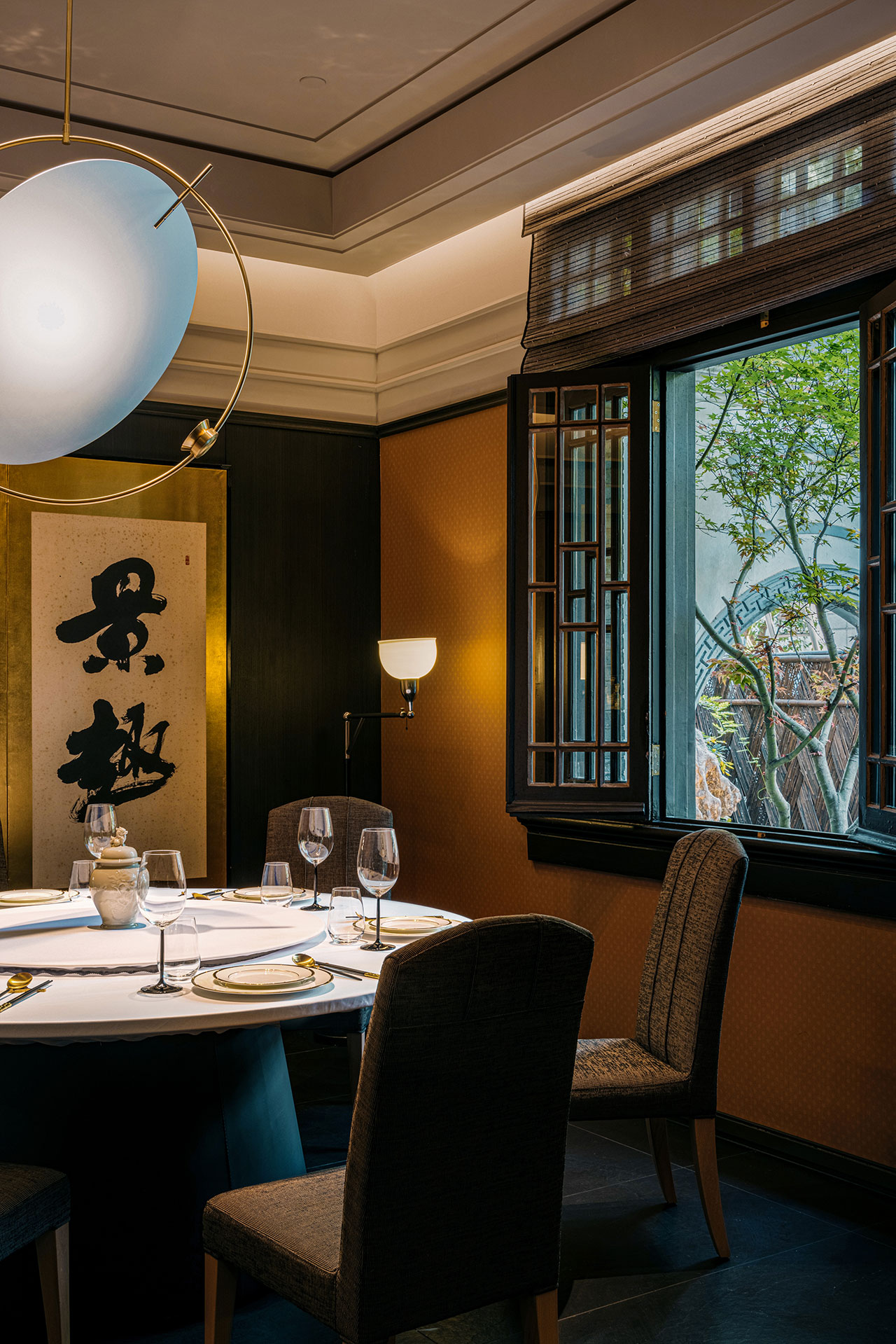
Photography by Wen Studio.
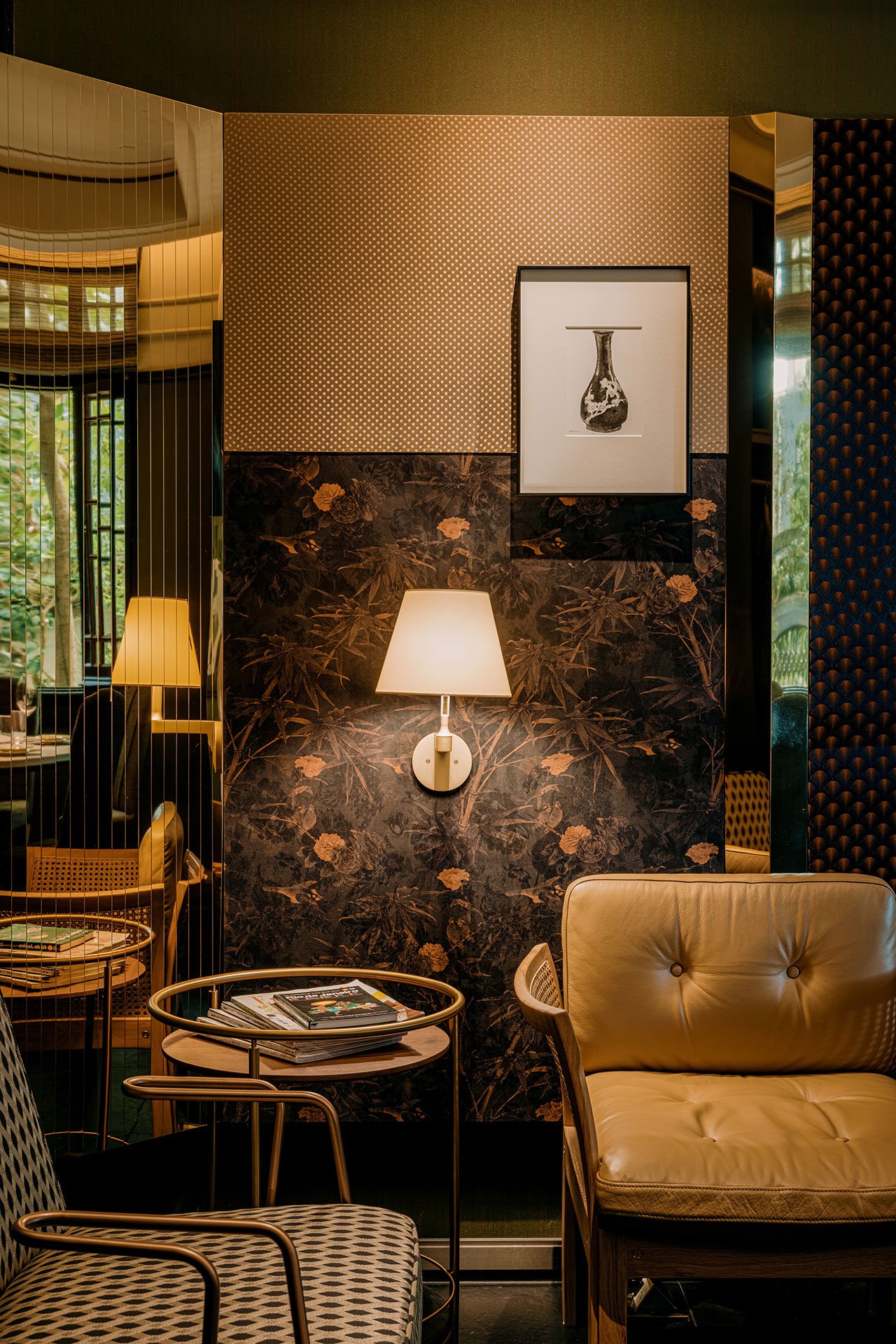
Photography by Wen Studio.
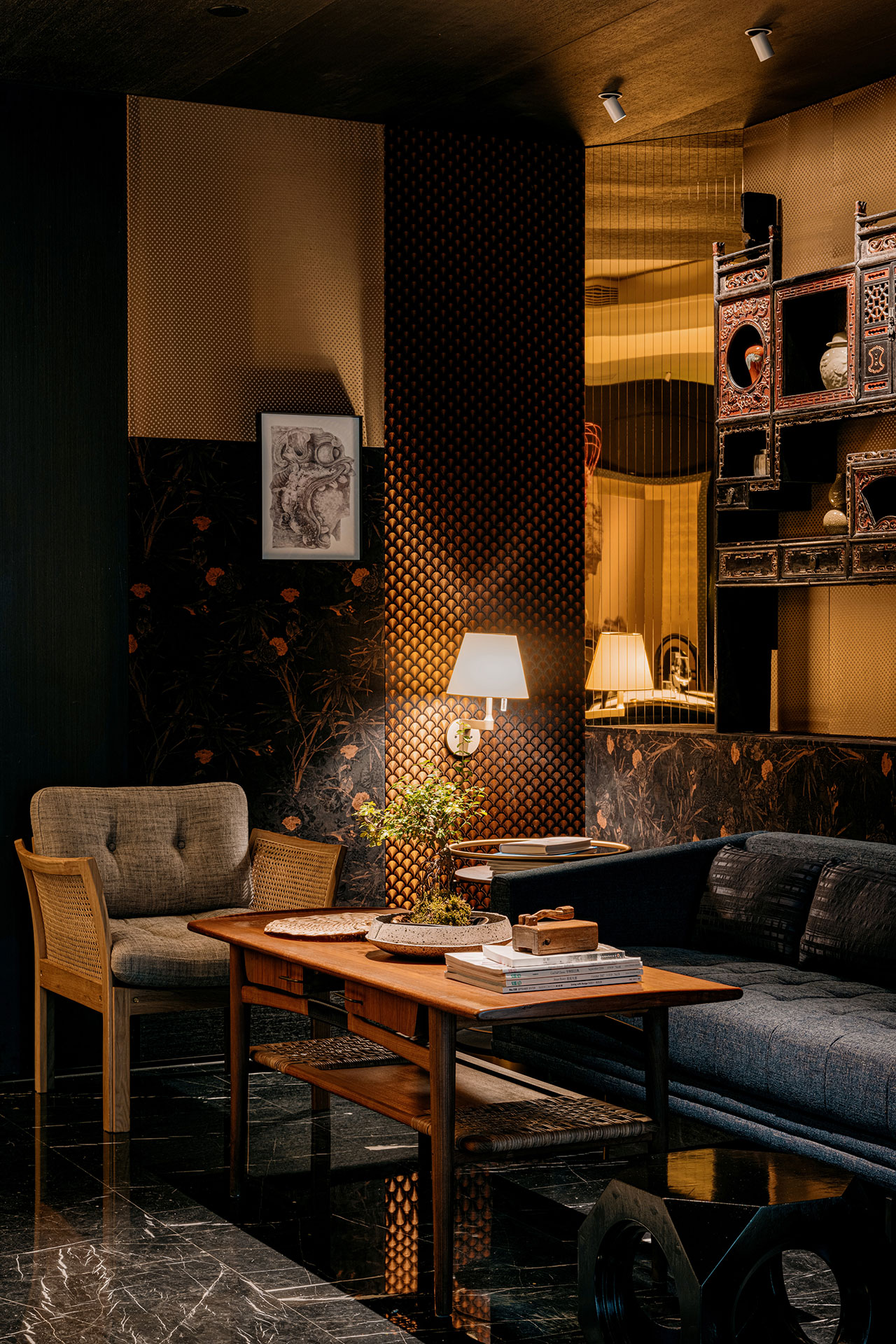
Photography by Wen Studio.
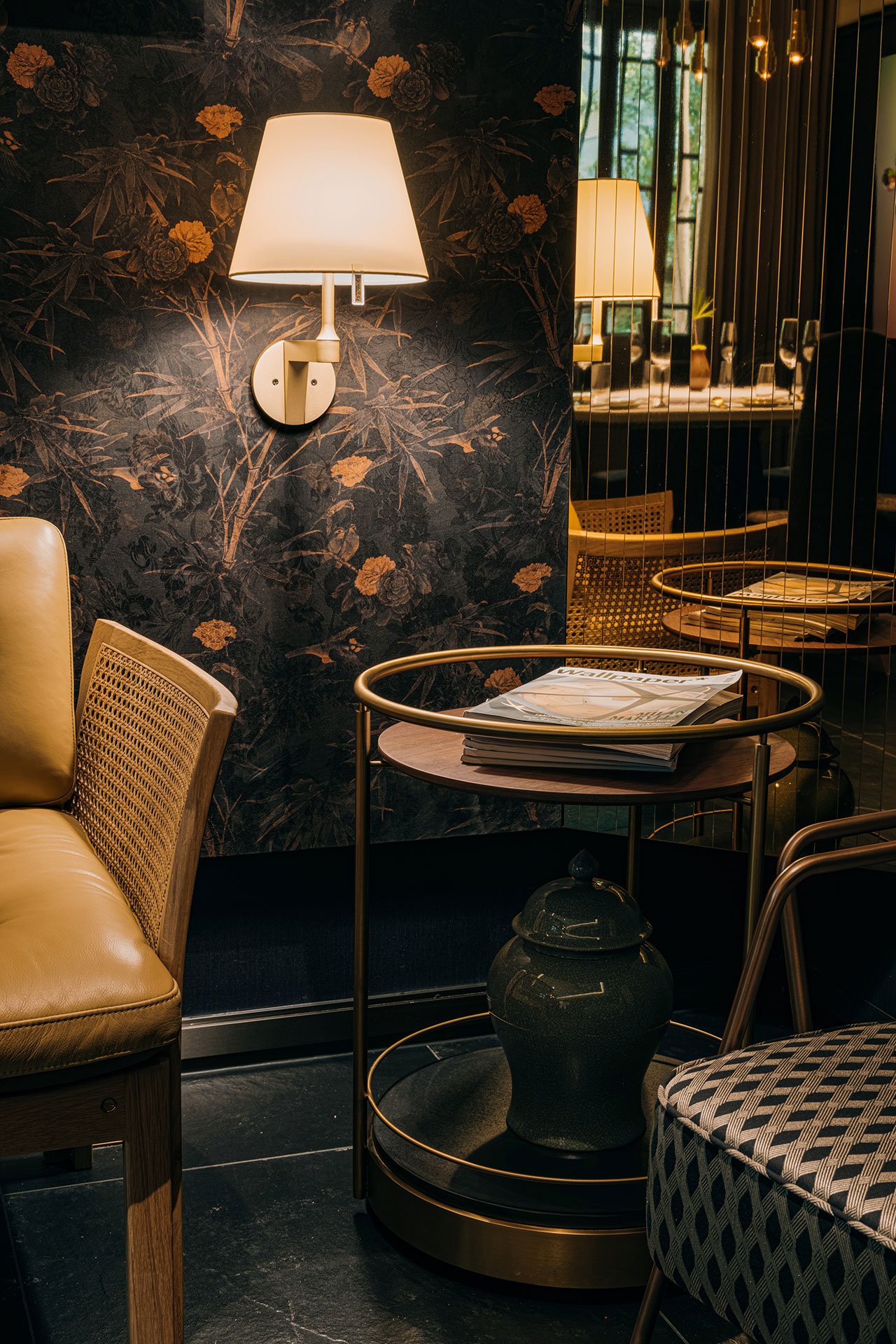
Photography by Wen Studio.
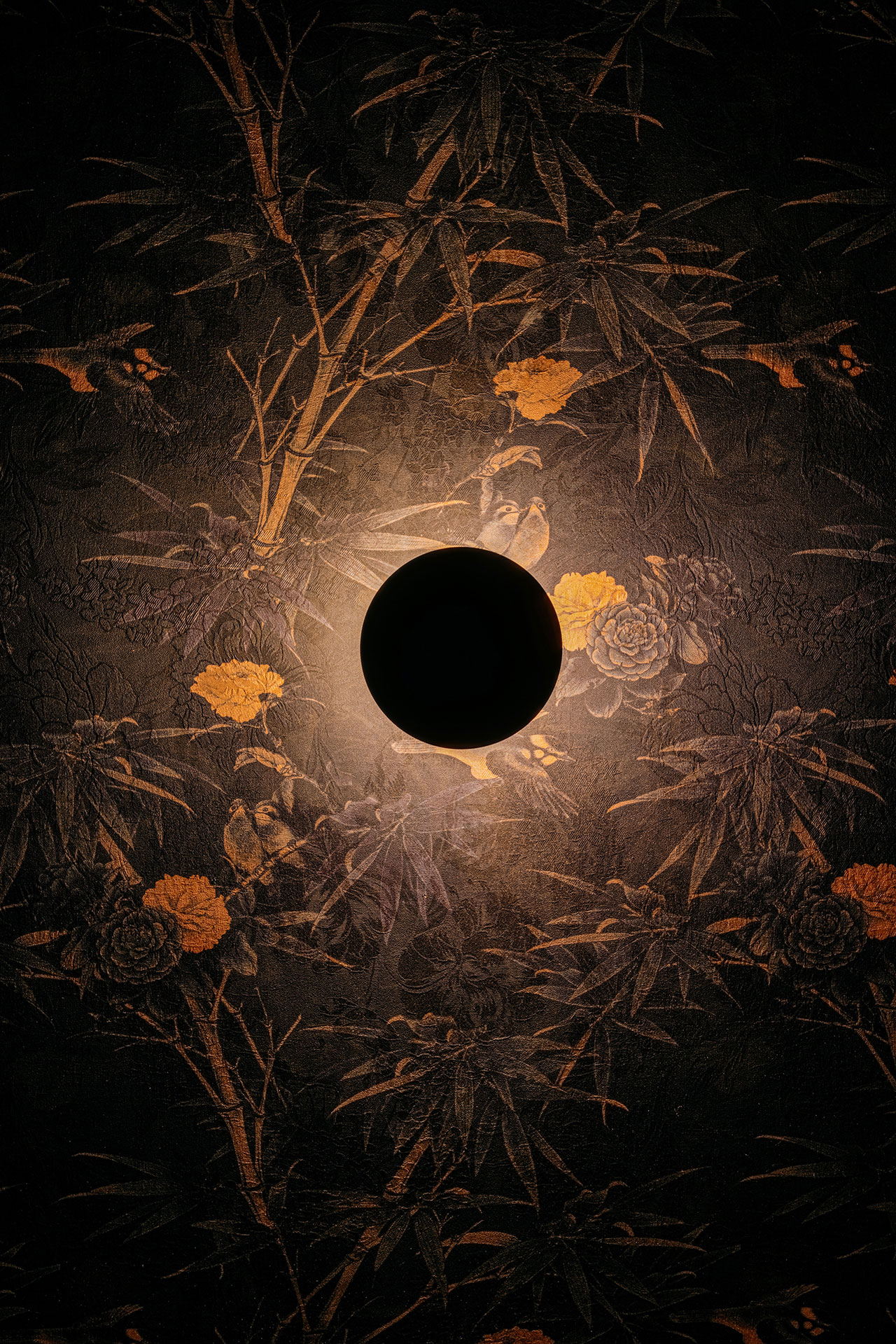
Photography by Wen Studio.
Drawing inspiration from traditional Chinese landscape painting, porcelain decorations and calligraphy, the designers have introduced a range of floral motifs, geometric patterns and figurative designs in the form of wallpapers, screens, tiling and artworks, counterbalanced by clean lines, simple shapes and a sombre colour palette of saturated dark hues and grey tones. Part of the allure is also the rich tapestry of finishes and textures which range from glossy metallic and polished marble to rough stone and natural wood, to velvet, leather and other fabrics. Add in the collection of antique objects and vases, ceremonial tea sets, incense burners and bonsai plants intertwined with contemporary furniture and light fittings, and the designers have successfully created an indulgent spatial and visual experience that neither overwhelms nor bewilders.
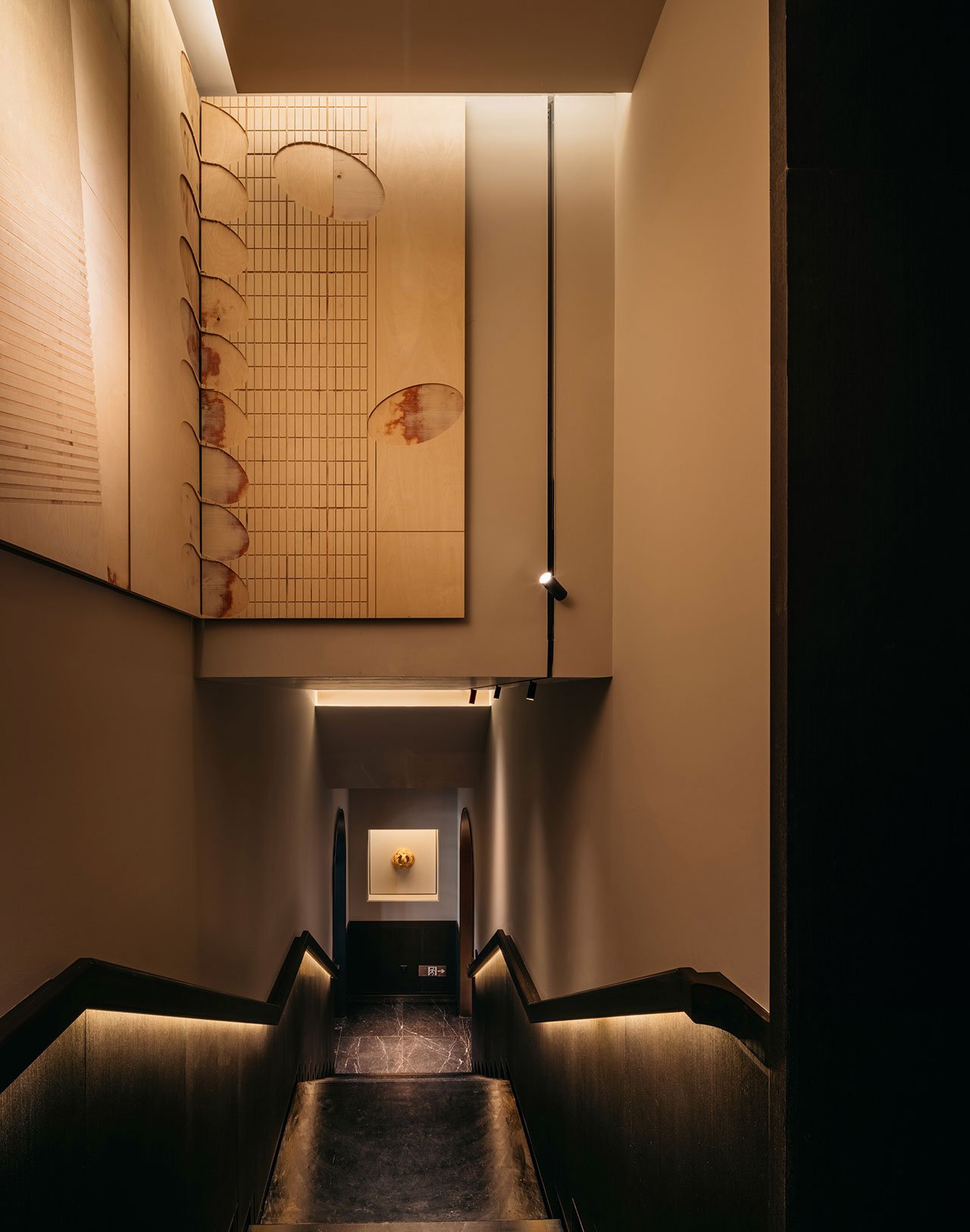
Photography by Wen Studio.
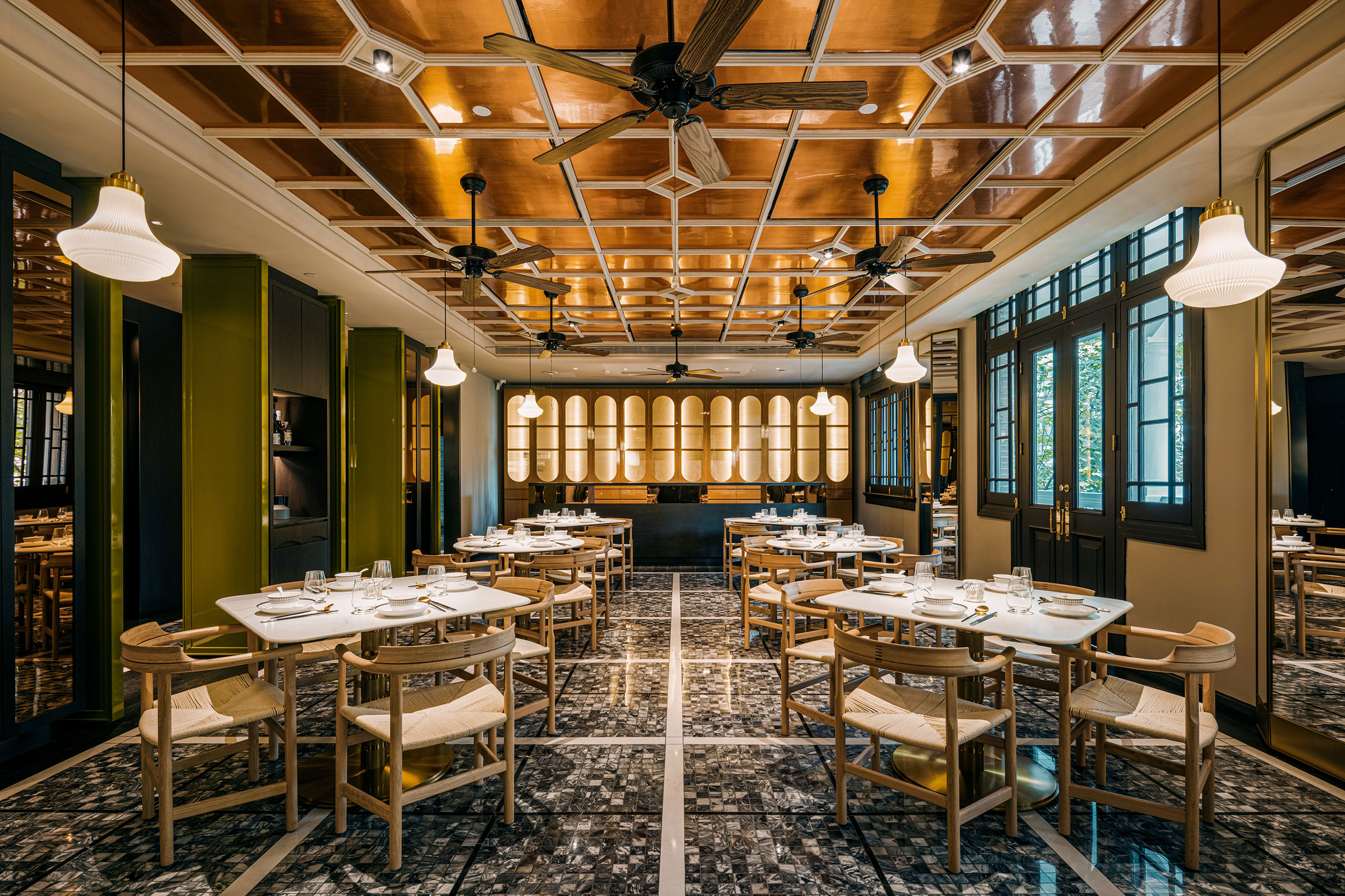
Photography by Wen Studio.
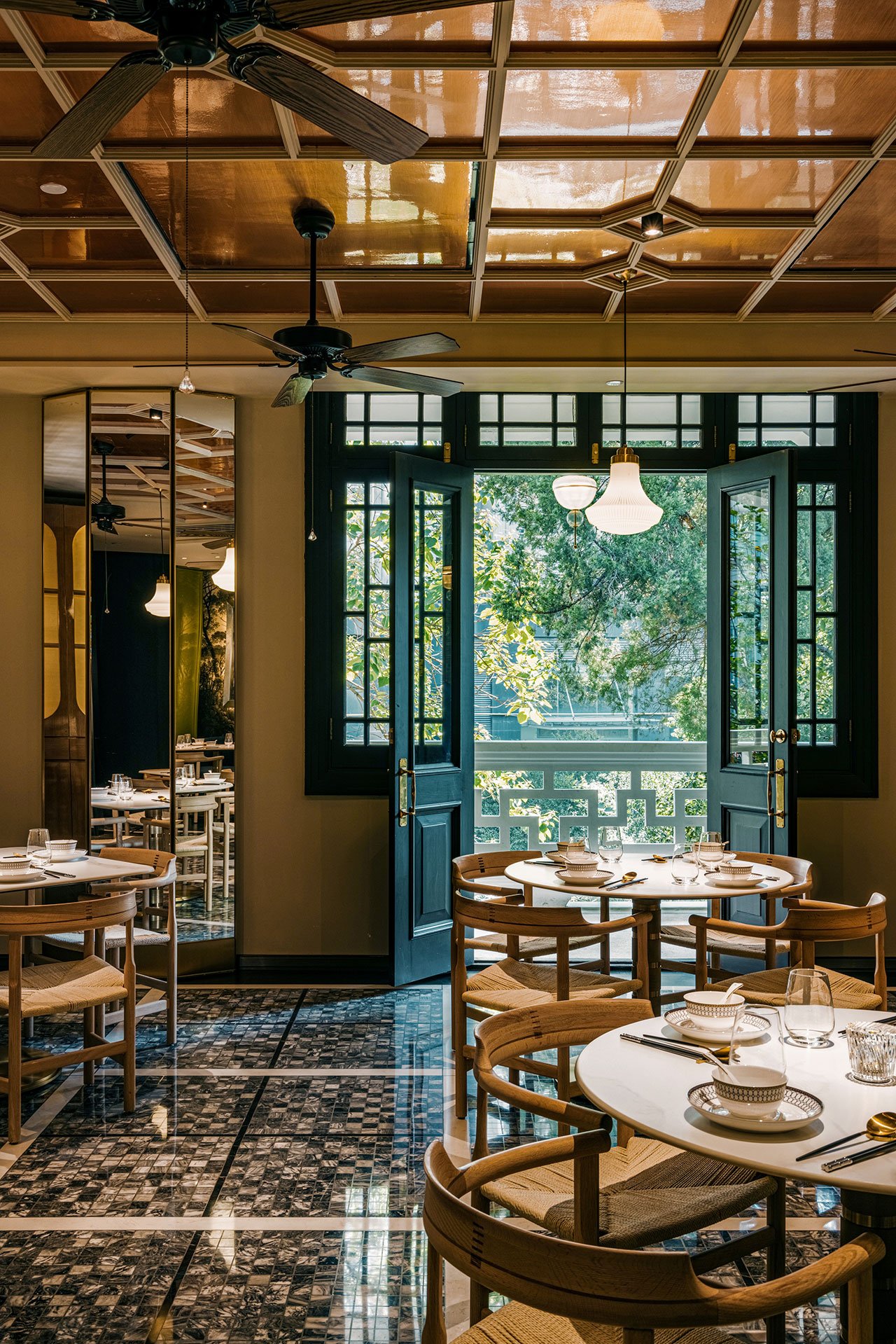
Photography by Wen Studio.
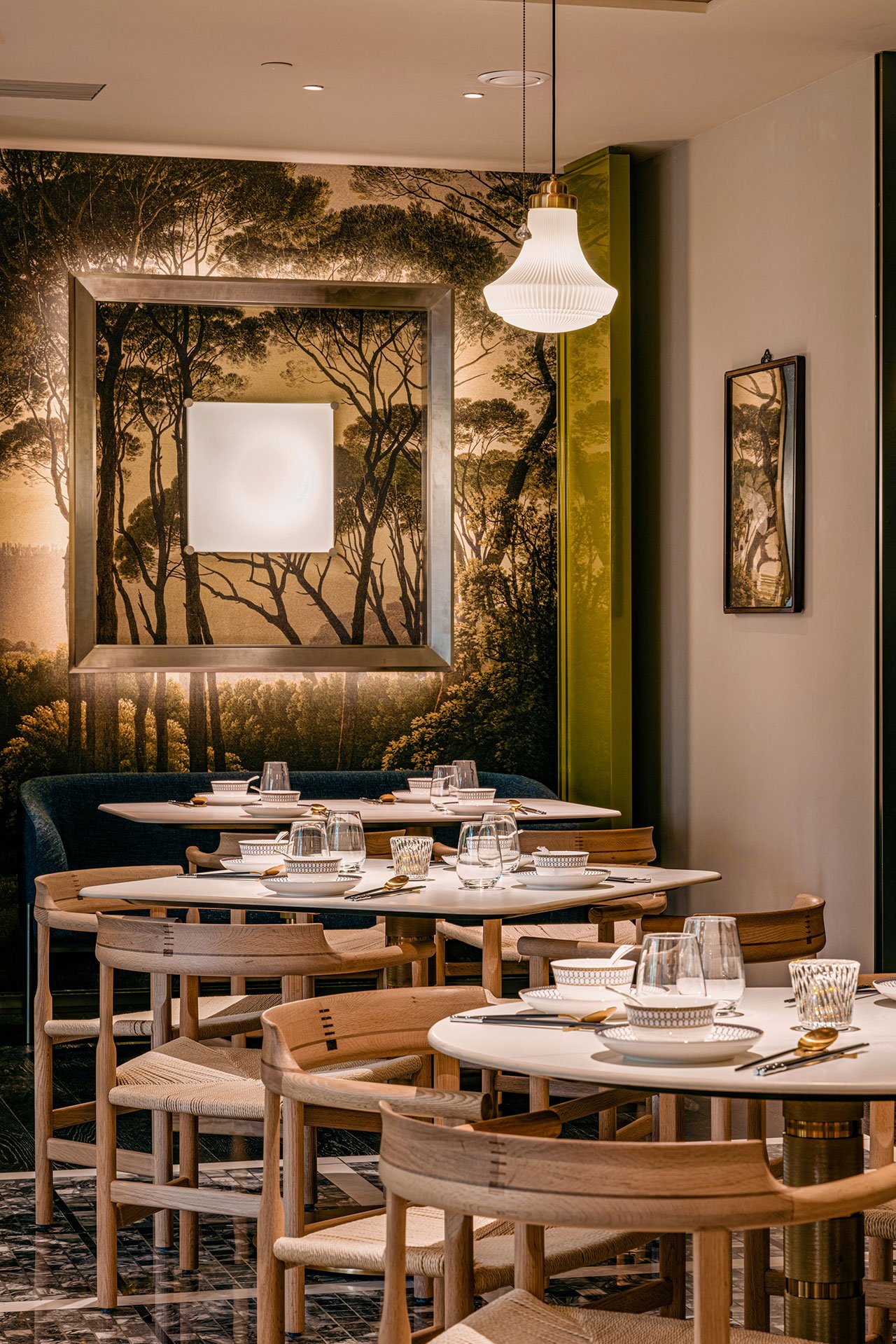
Photography by Wen Studio.
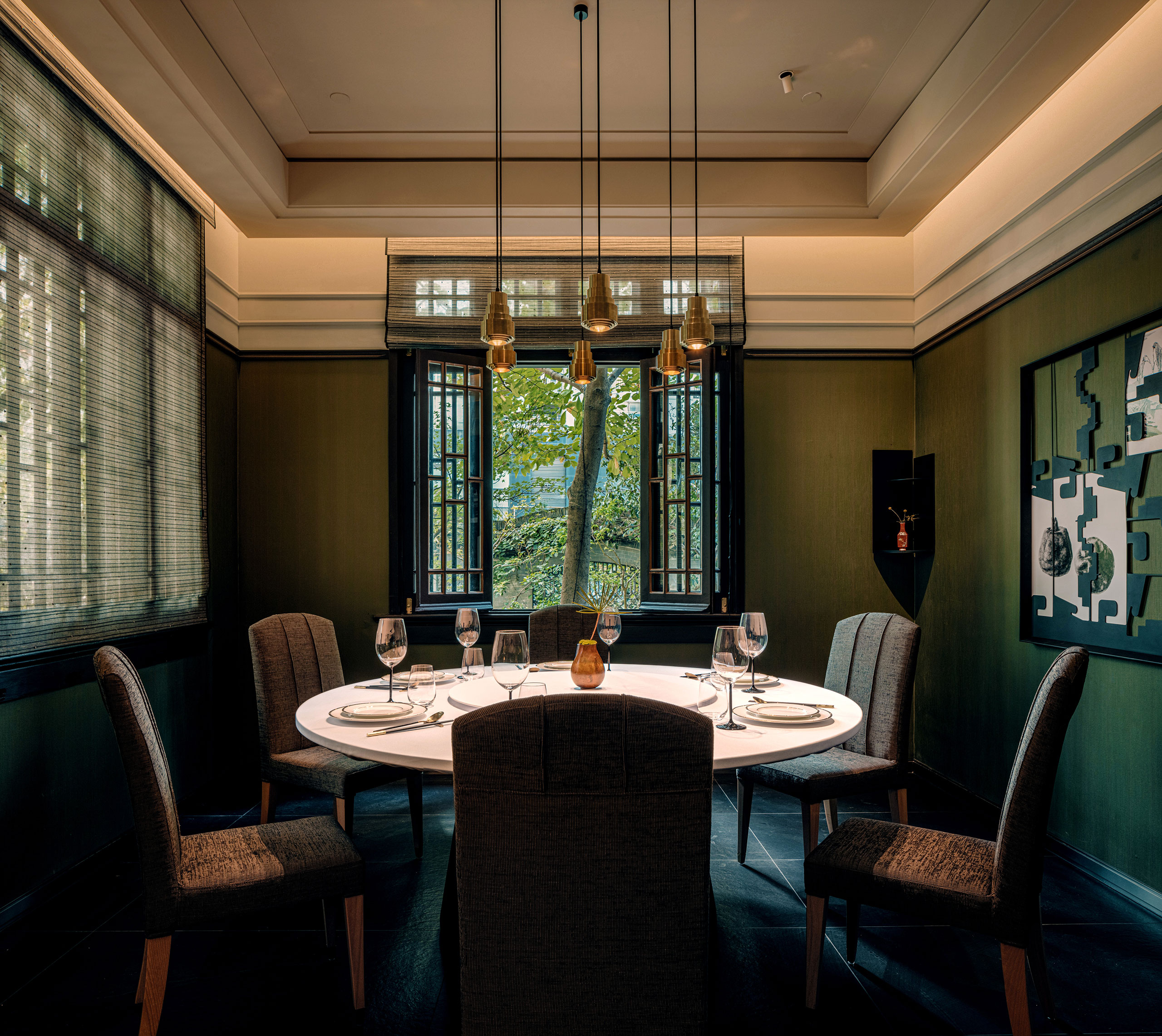
Photography by Wen Studio.
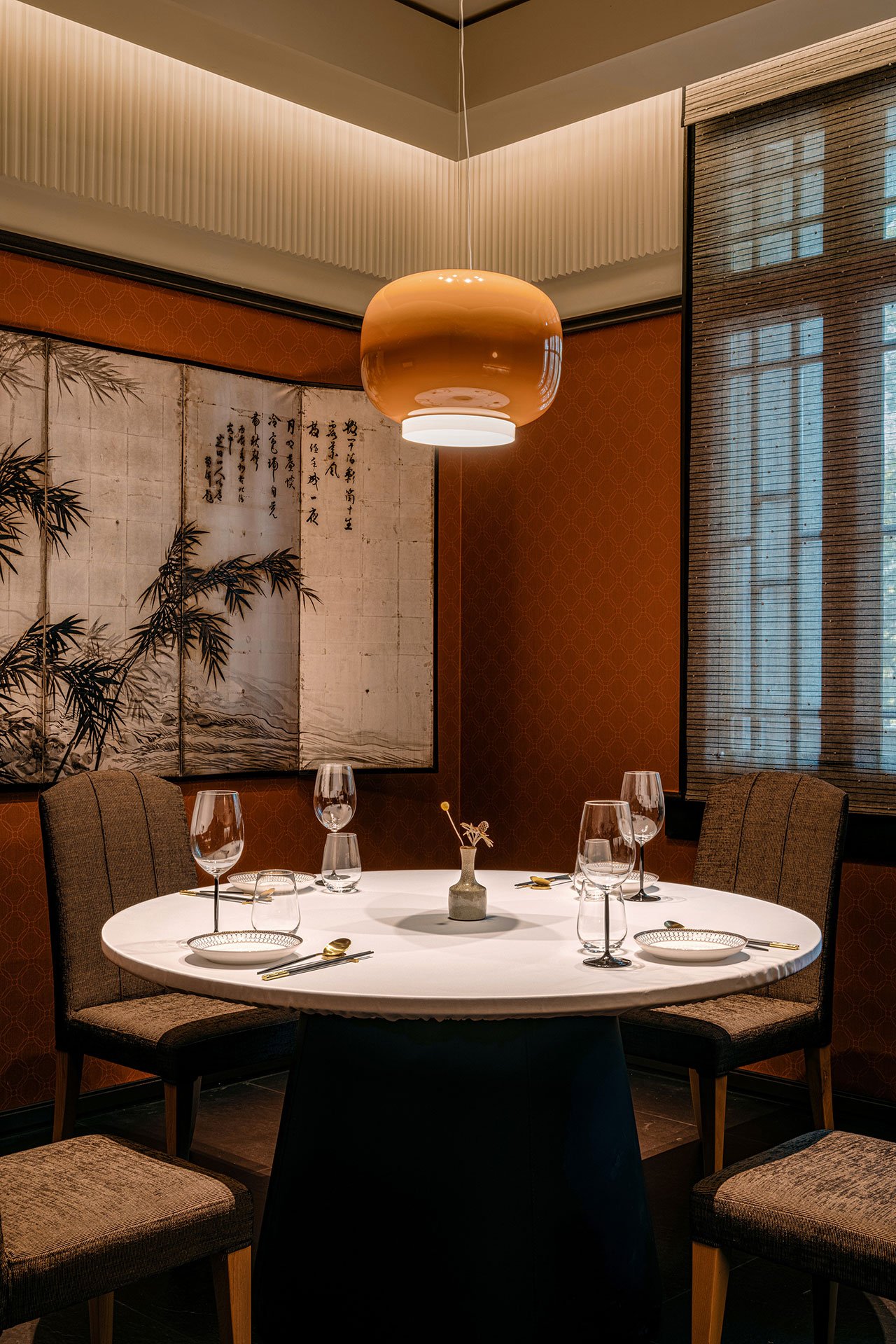
Photography by Wen Studio.
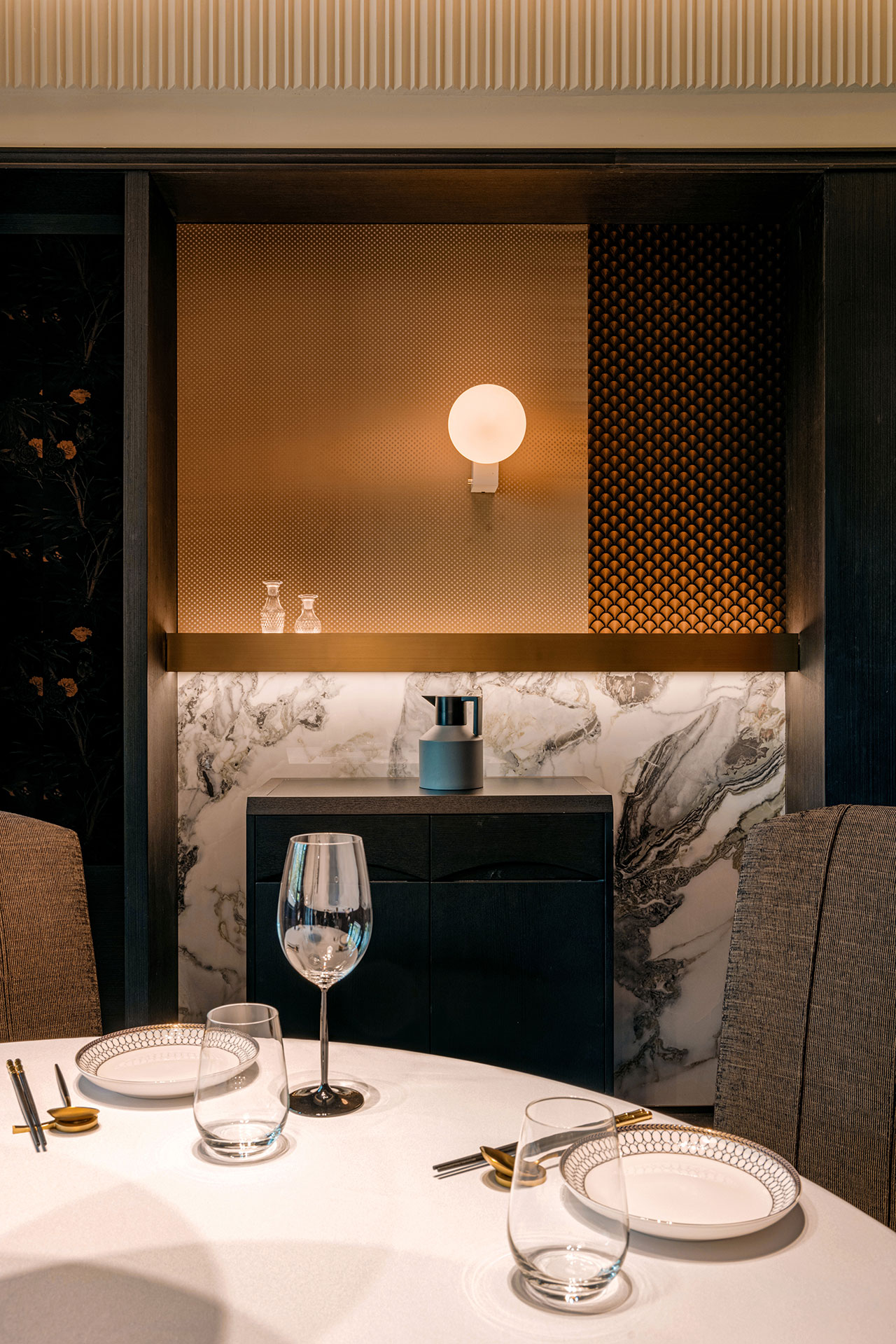
Photography by Wen Studio.
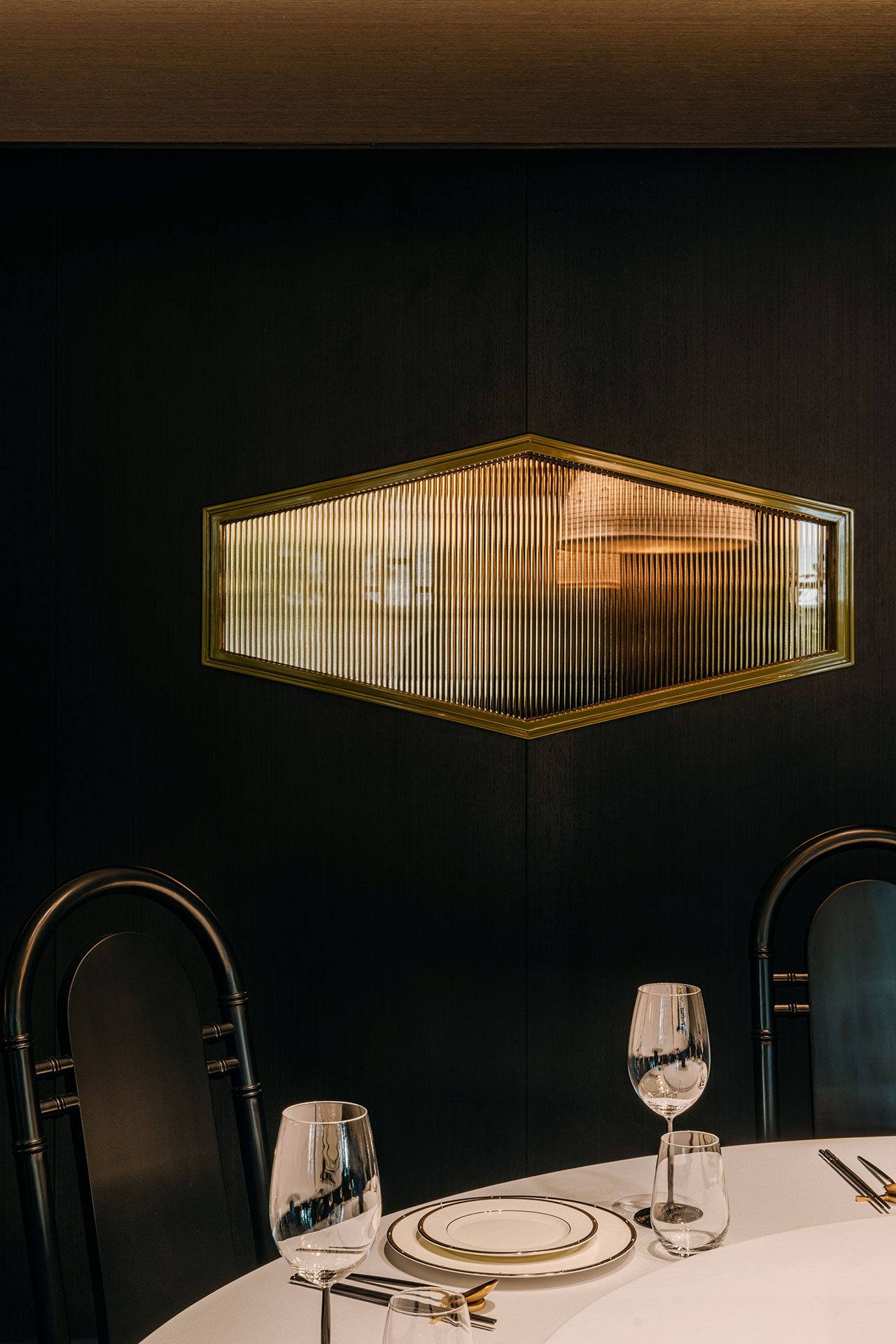
Photography by Wen Studio.
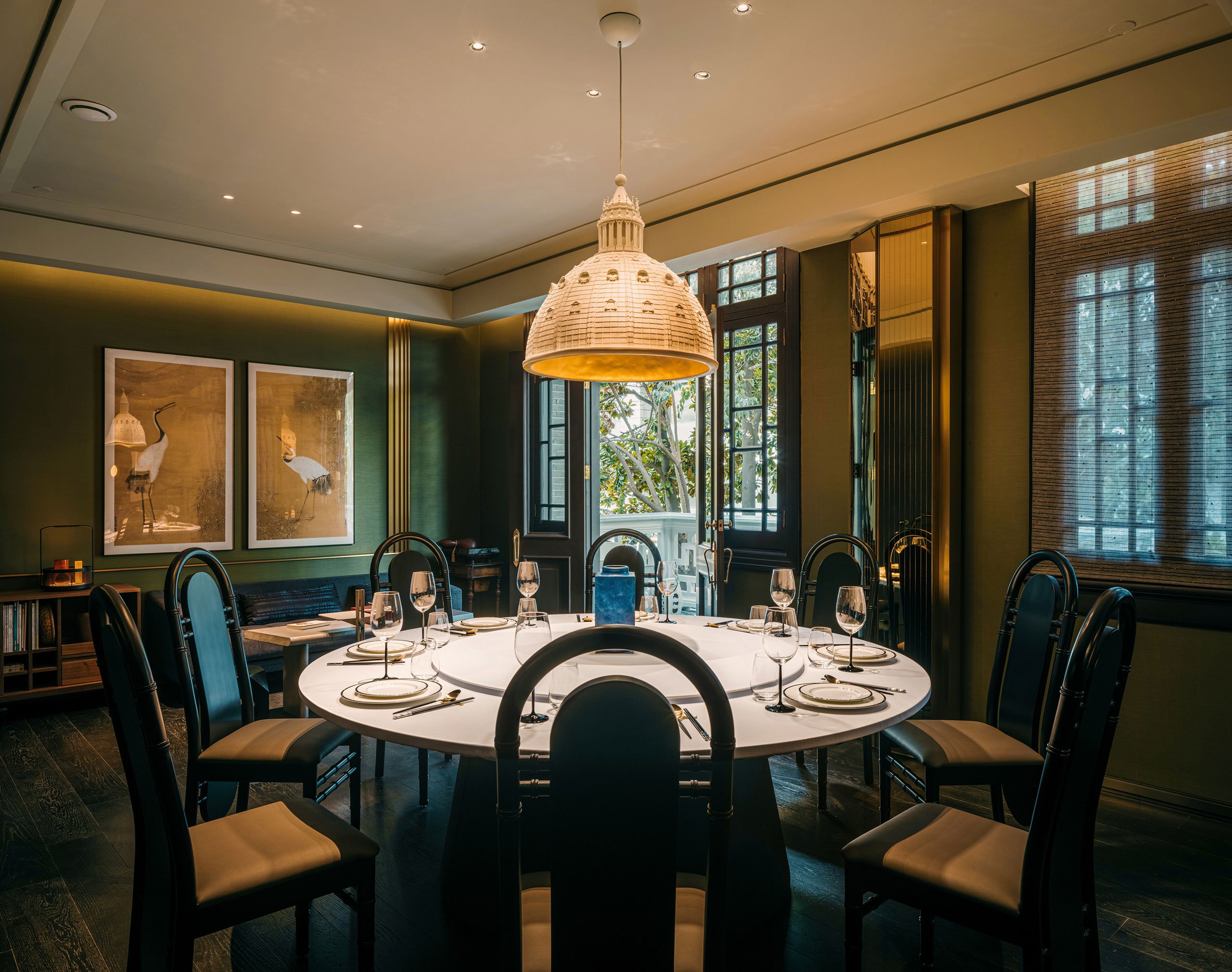
Photography by Wen Studio.
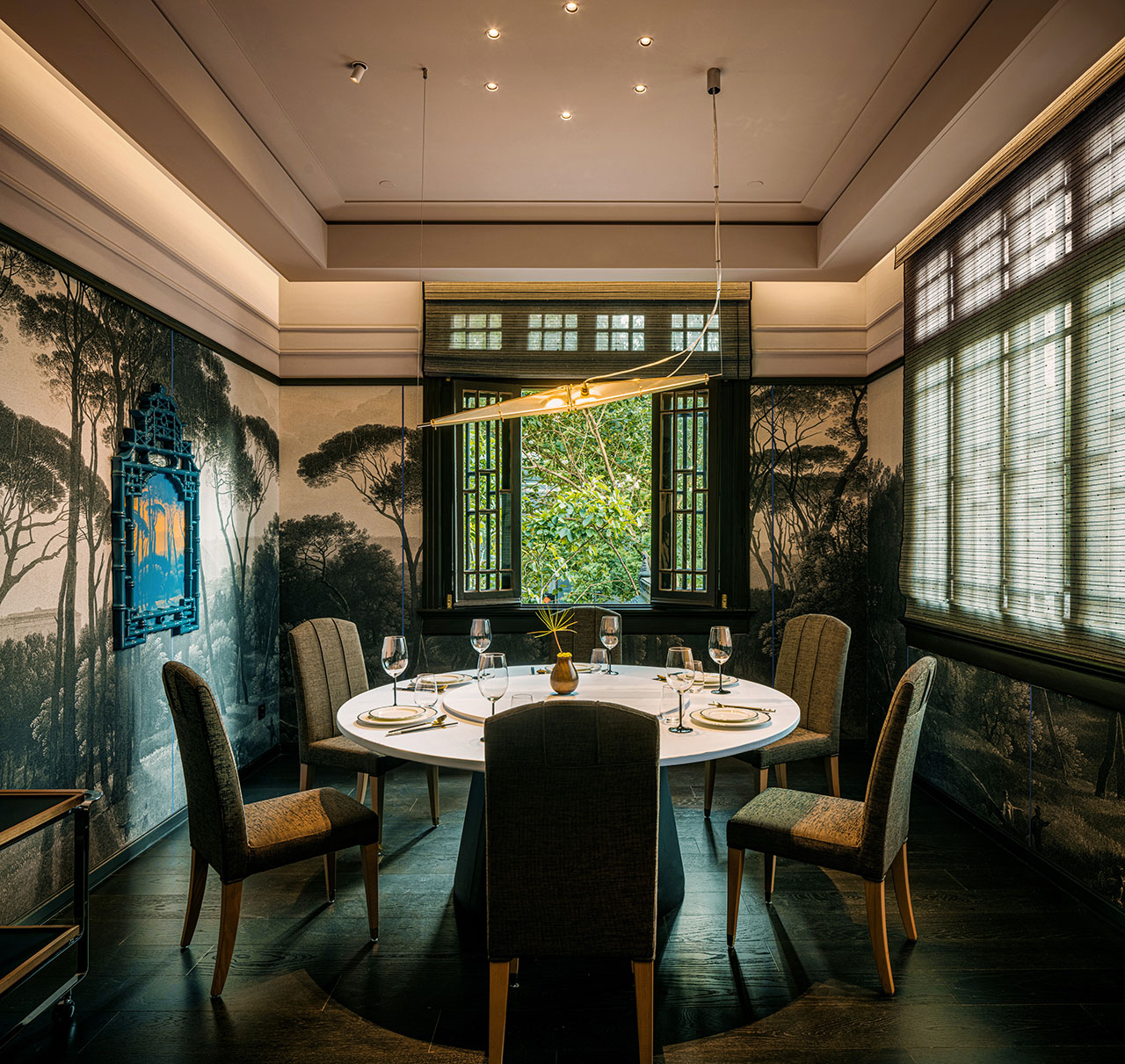
Photography by Wen Studio.
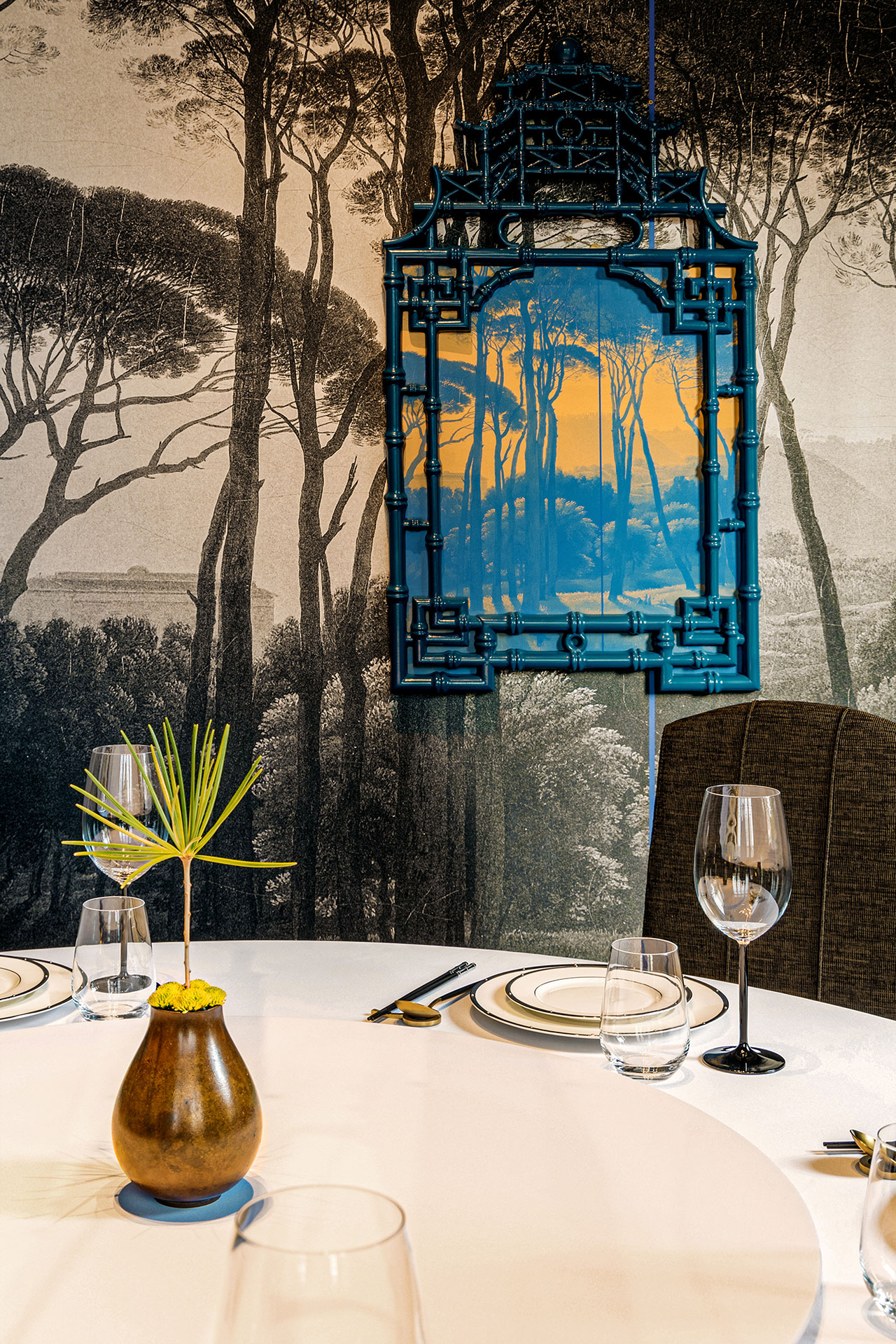
Photography by Wen Studio.
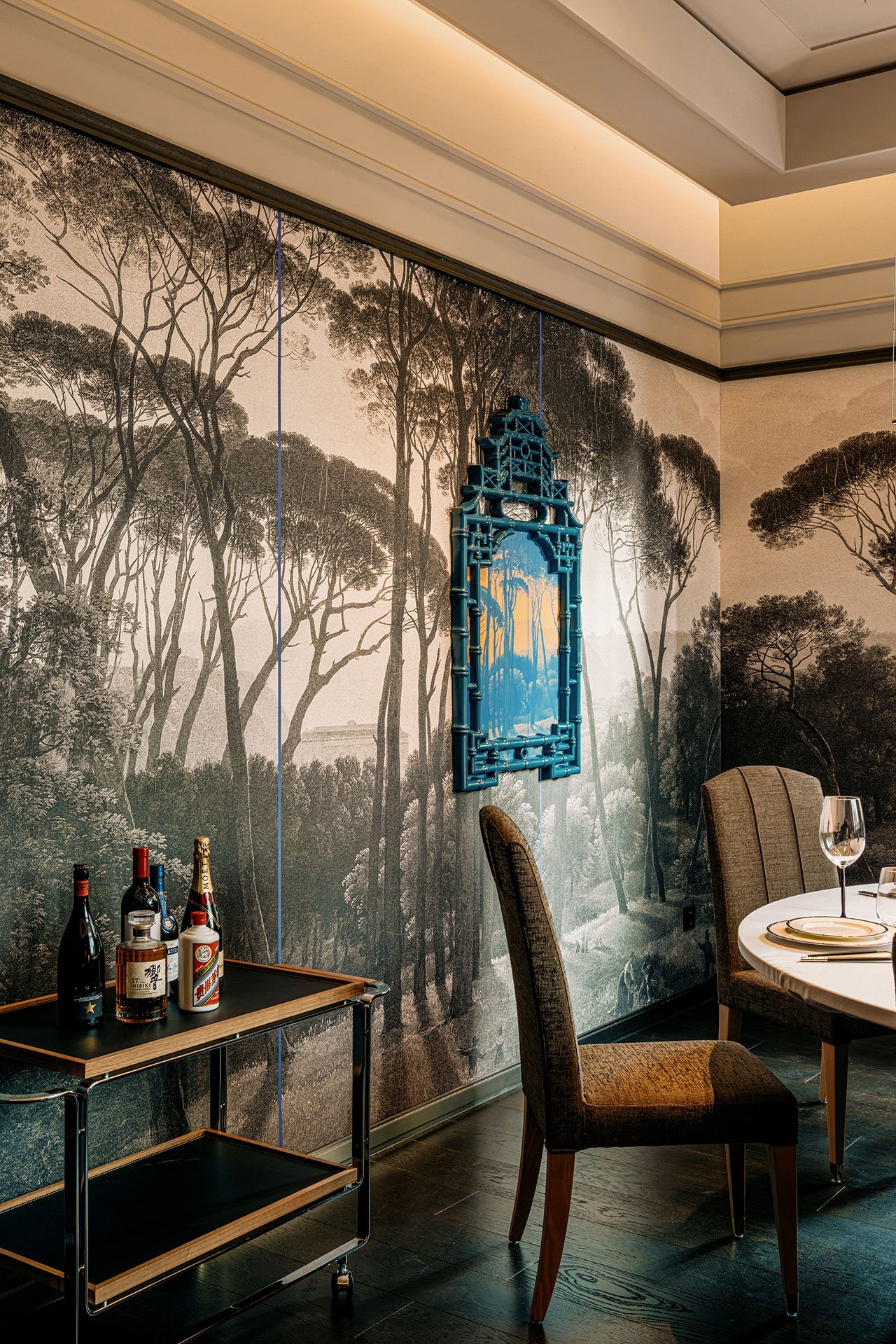
Photography by Wen Studio.
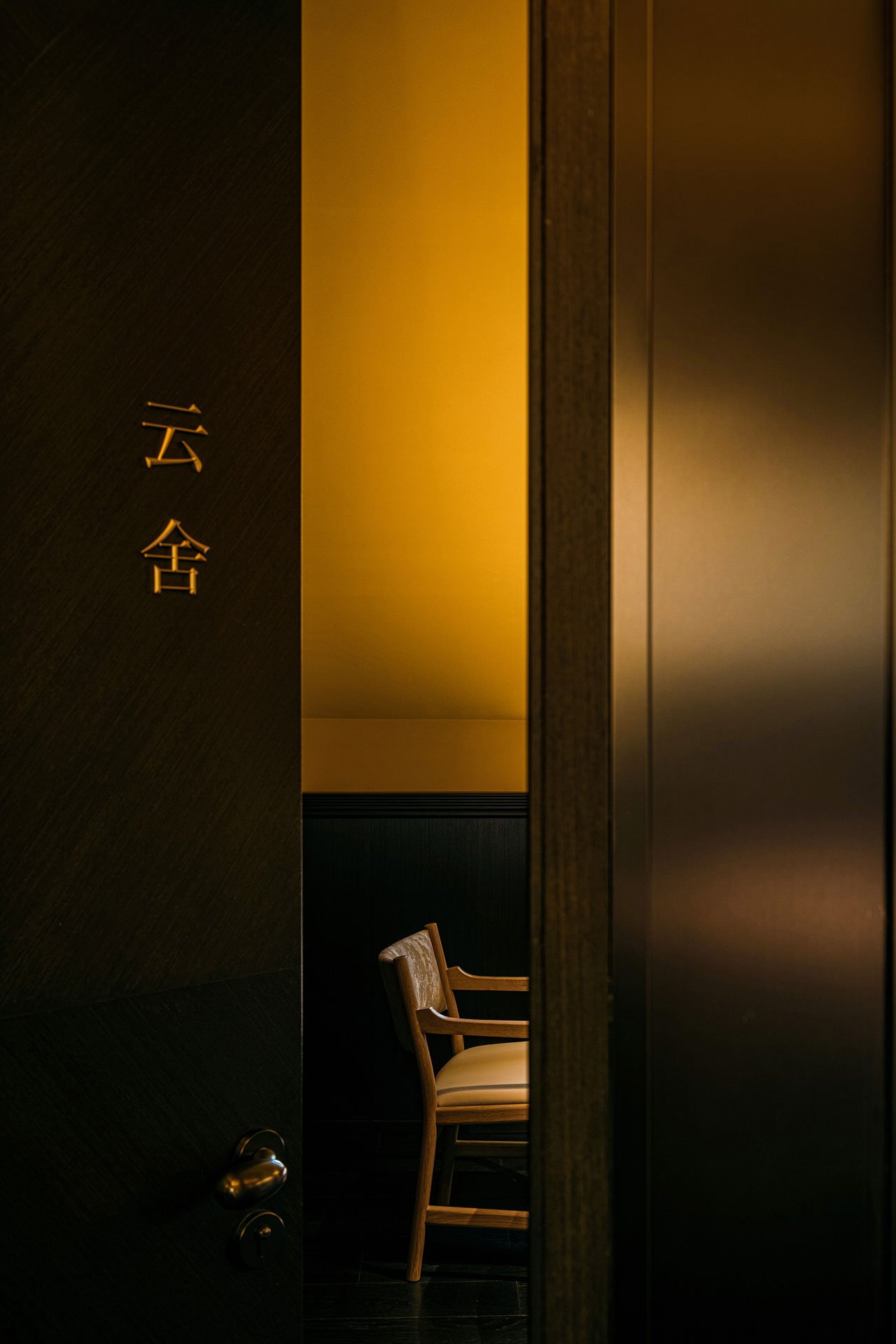
Photography by Wen Studio.
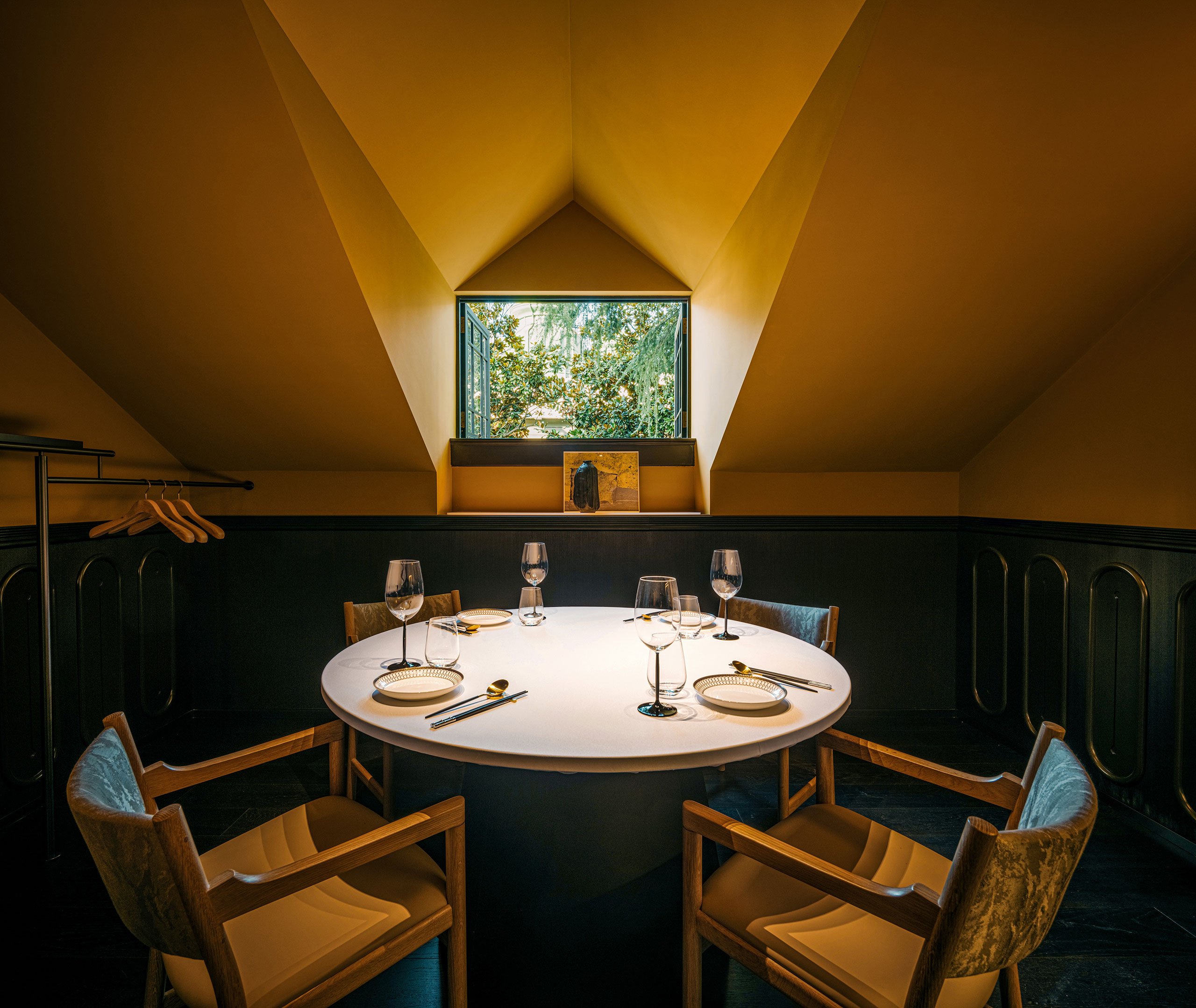
Photography by Wen Studio.
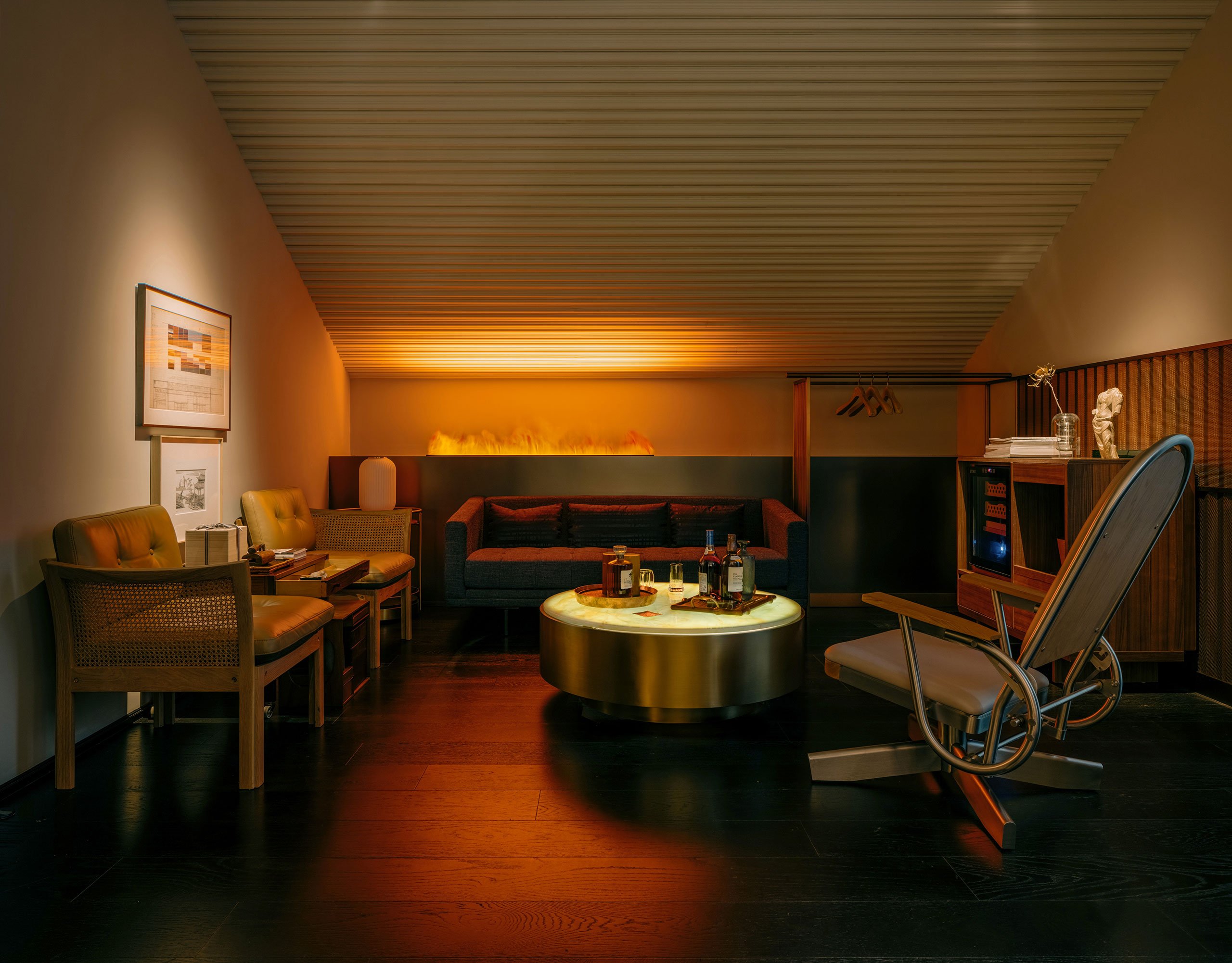
Photography by Wen Studio.
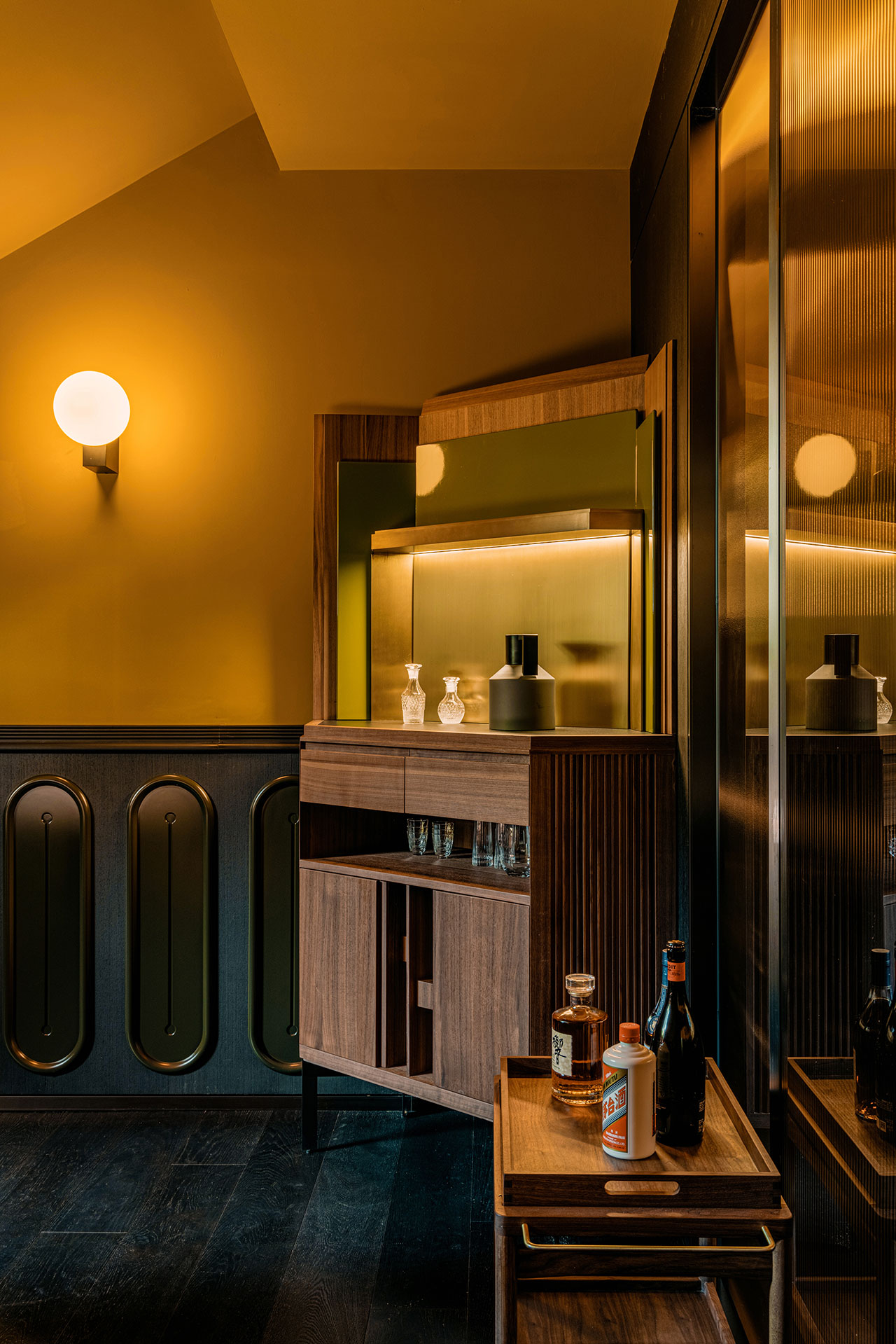
Photography by Wen Studio.
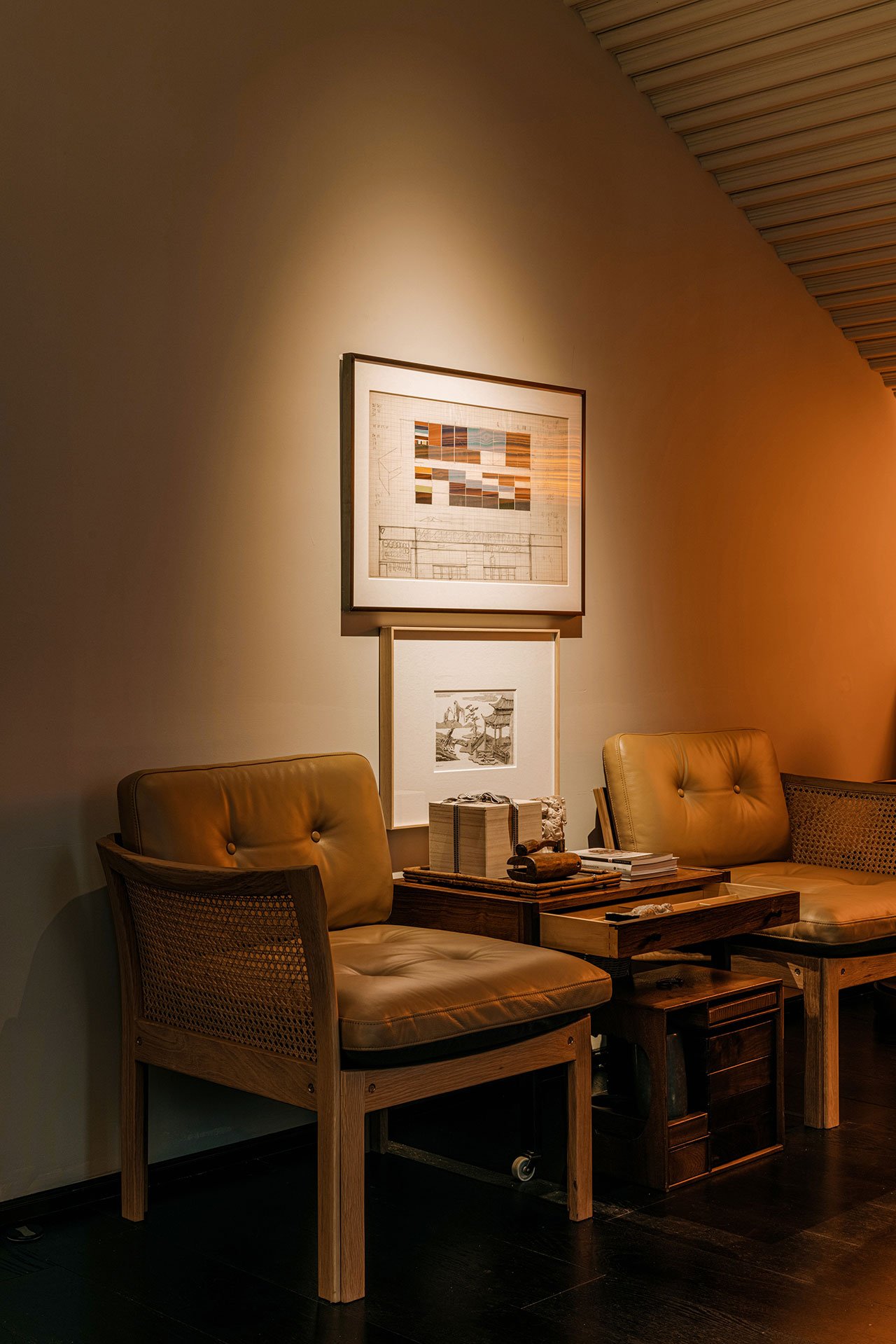
Photography by Wen Studio.
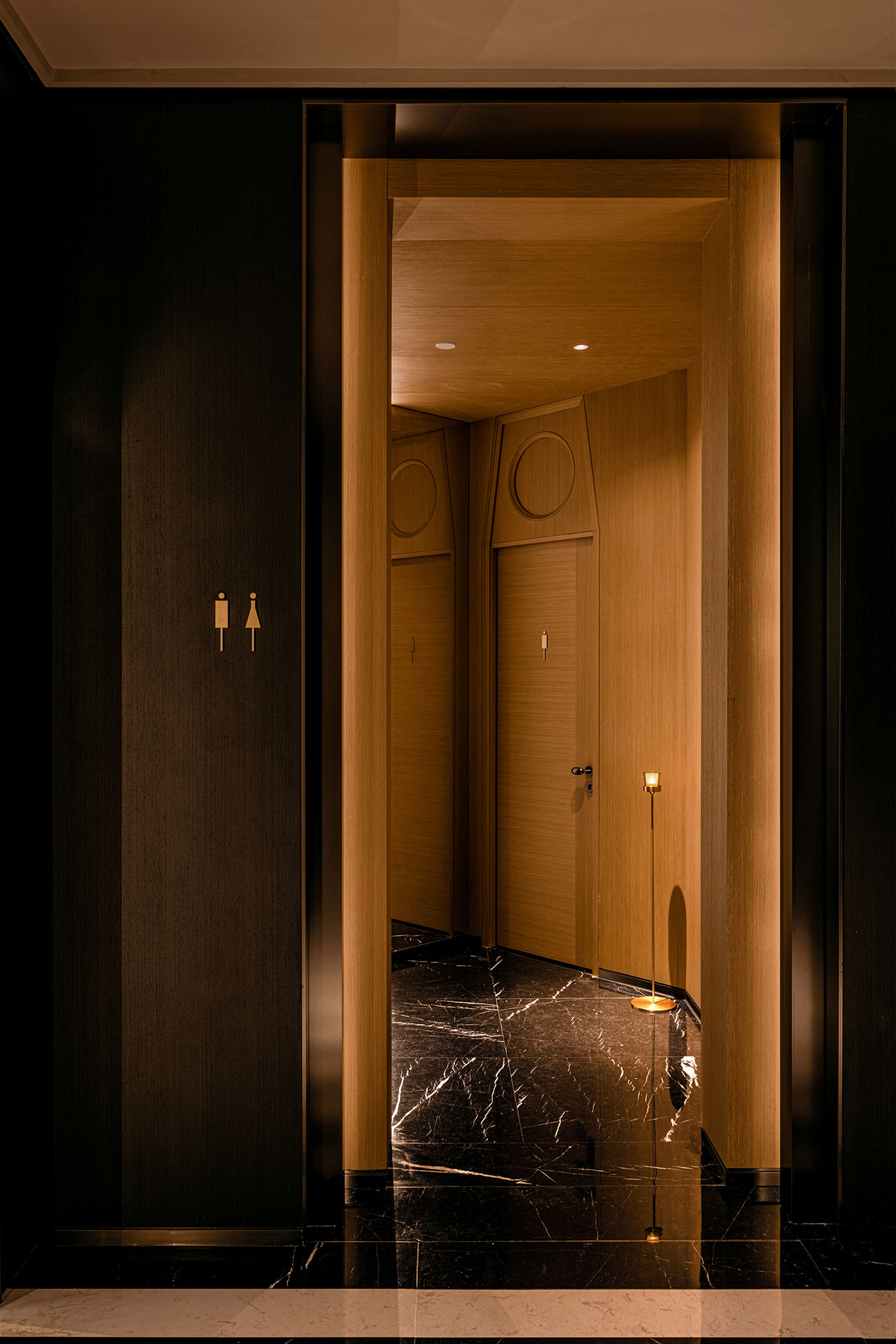
Photography by Wen Studio.
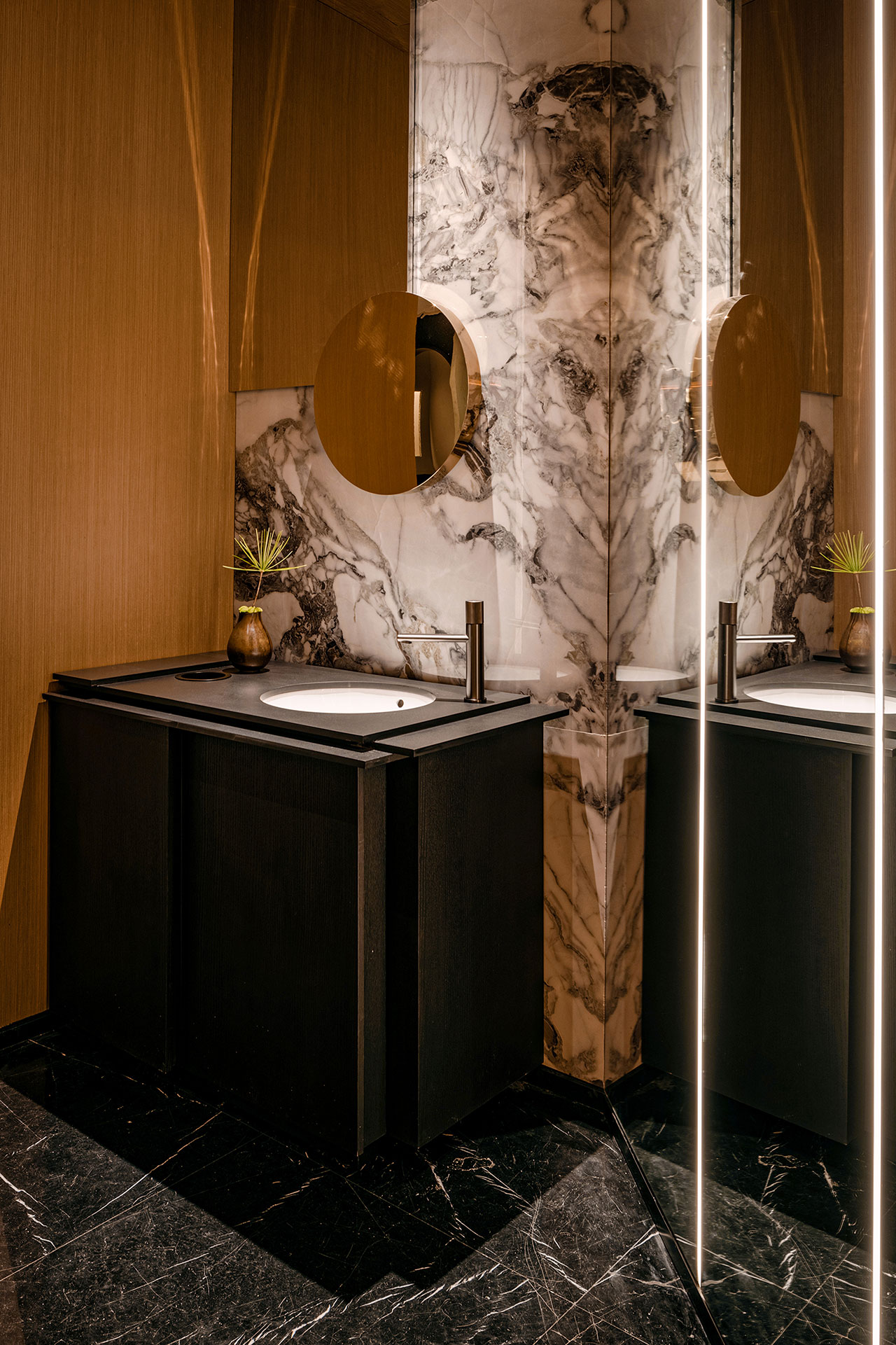
Photography by Wen Studio.
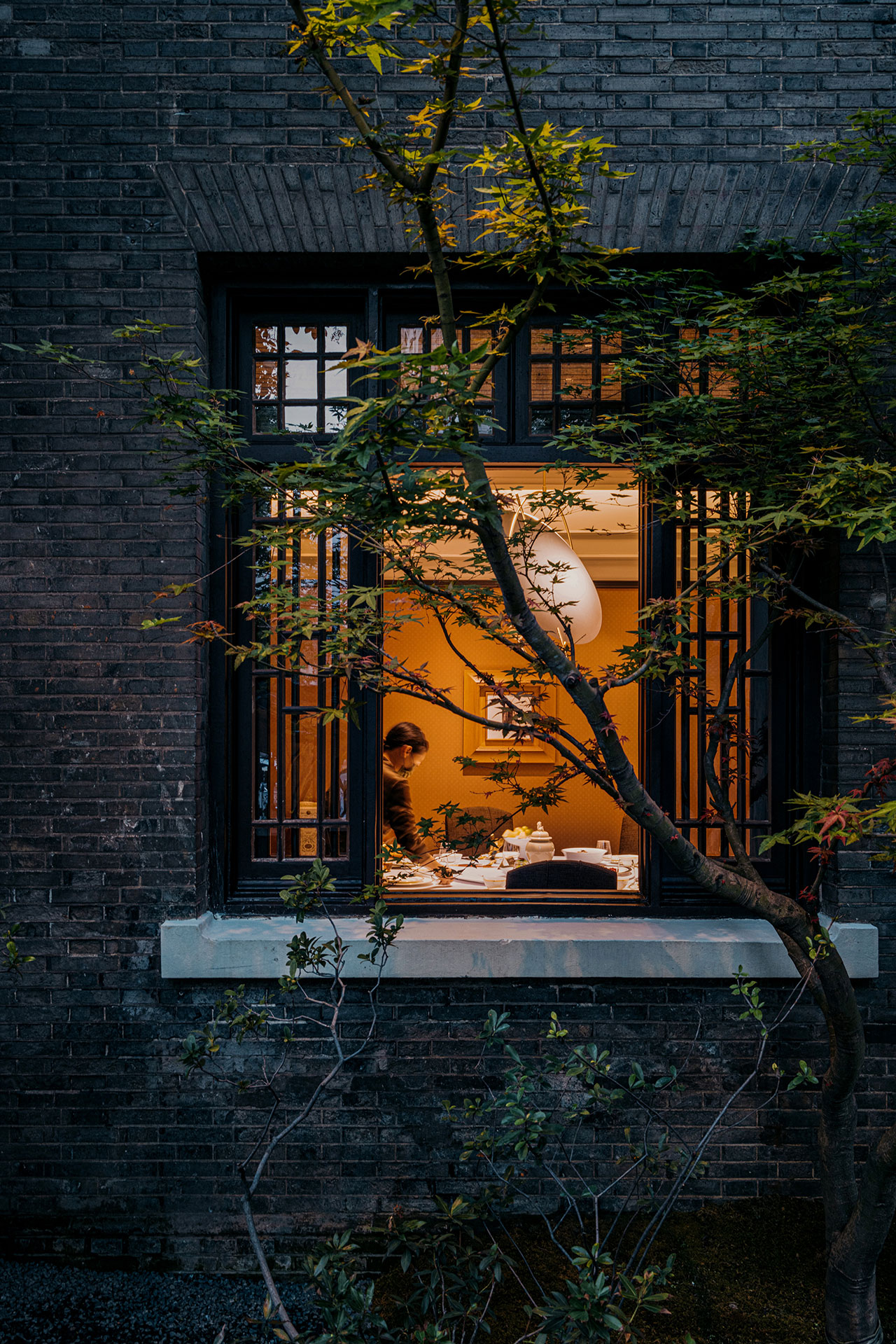
Photography by Wen Studio.














